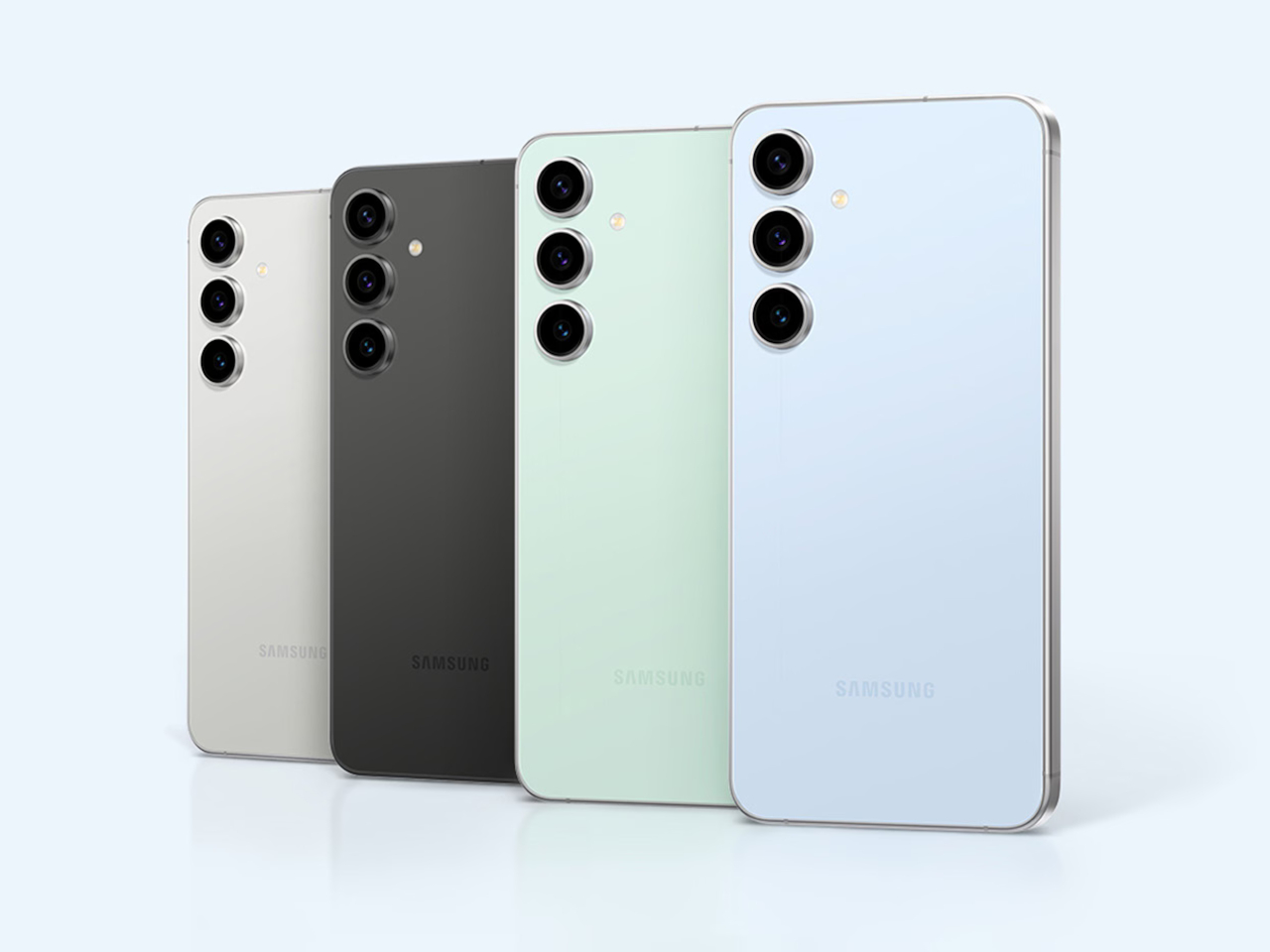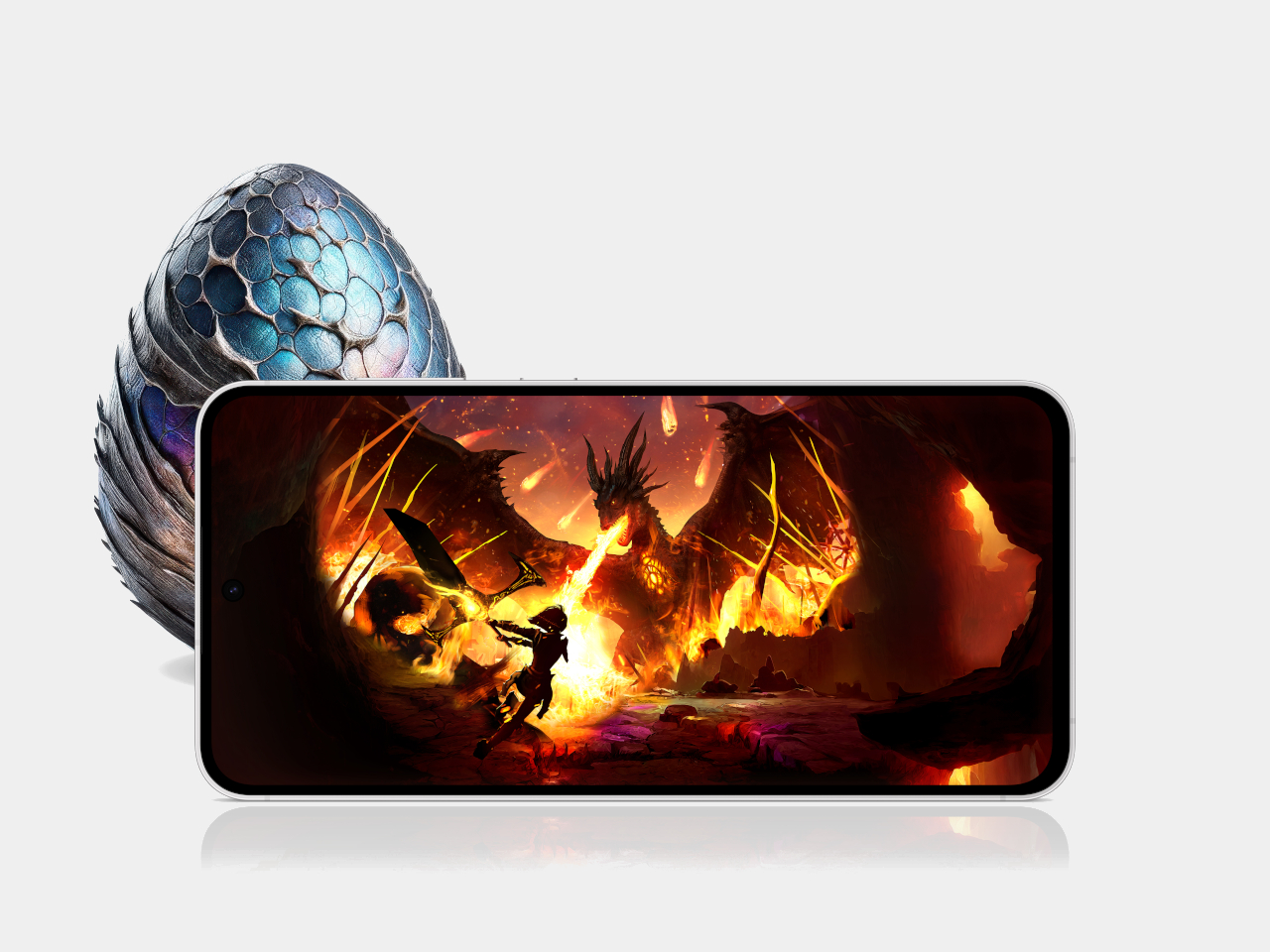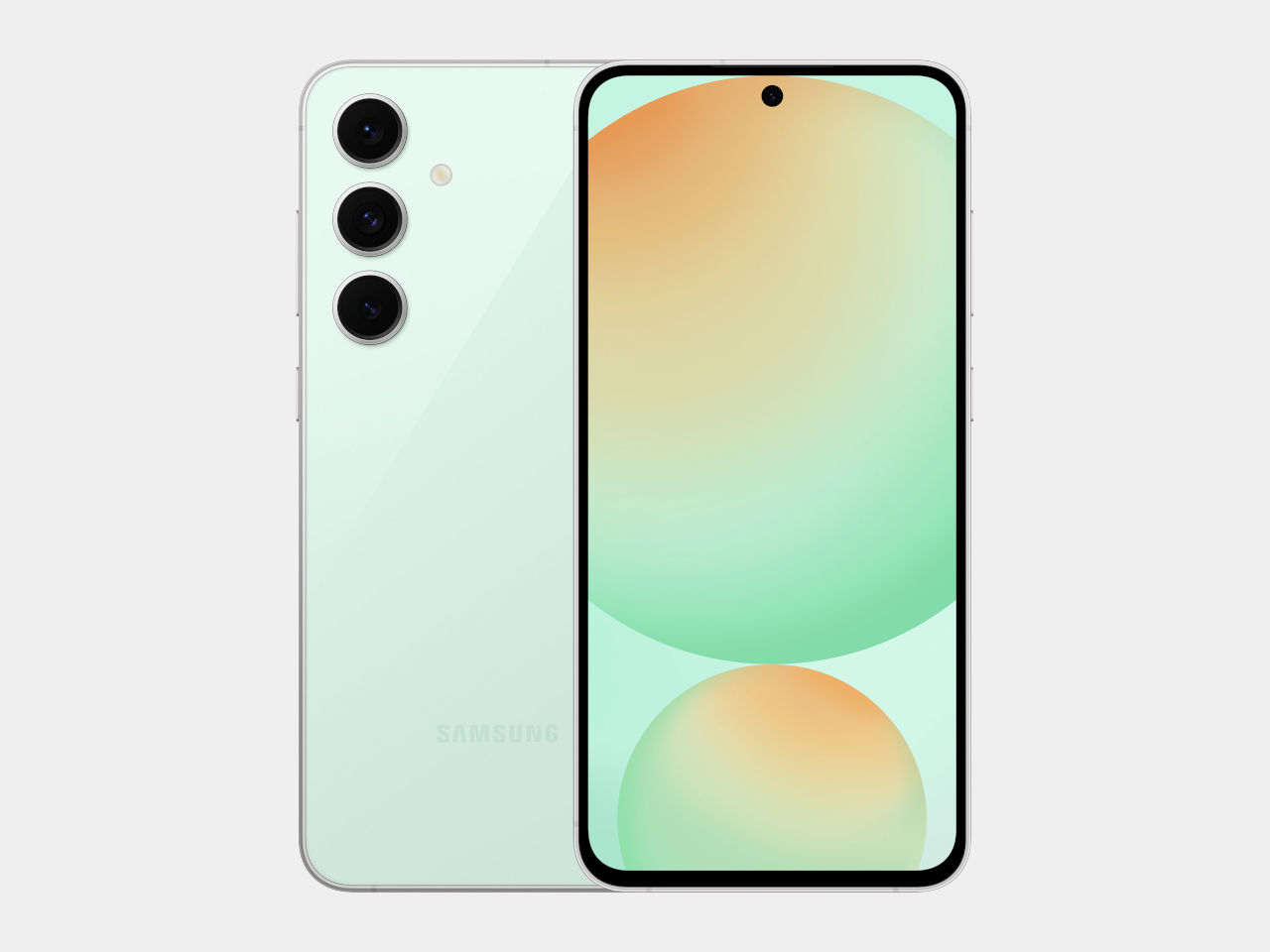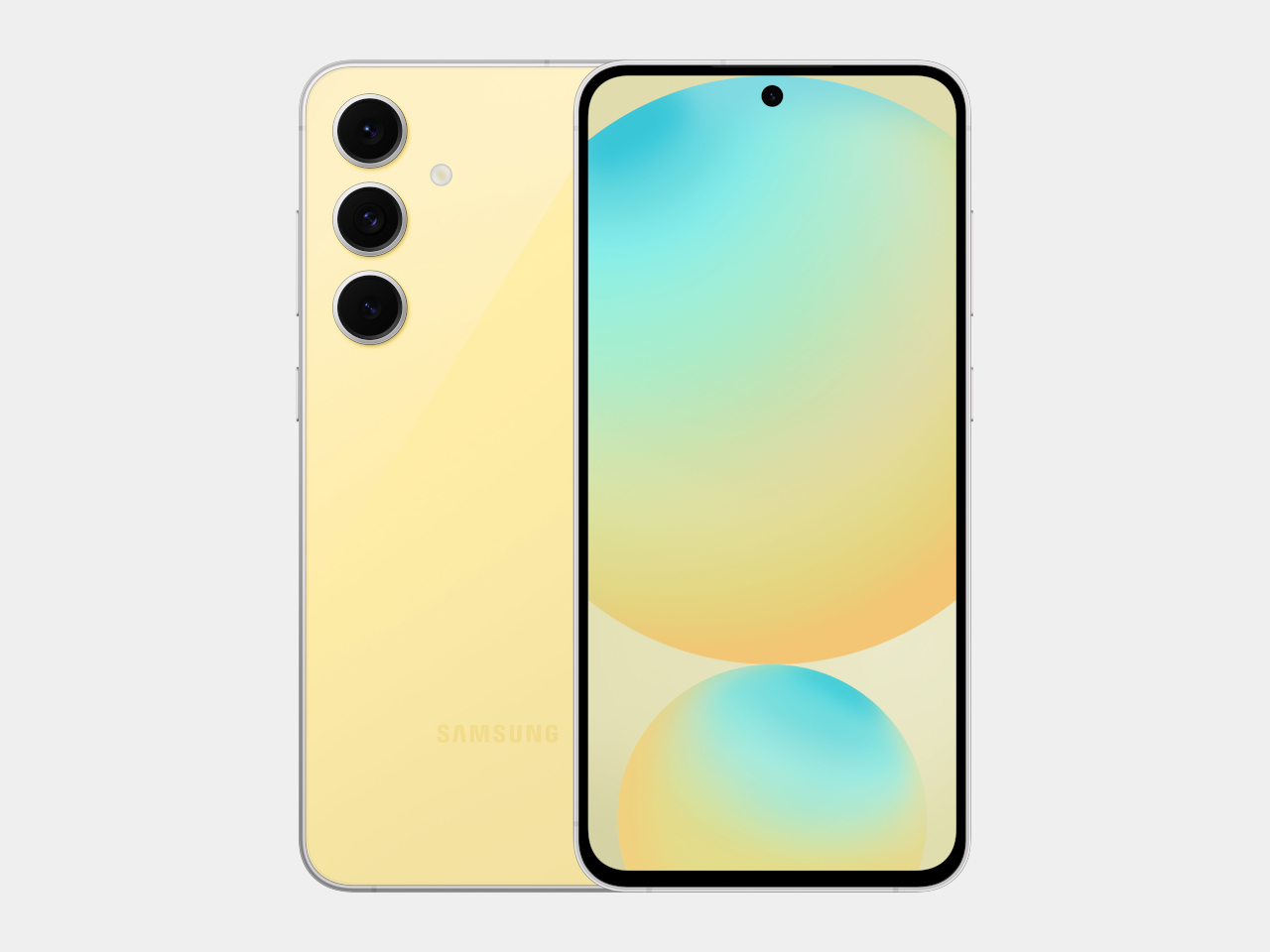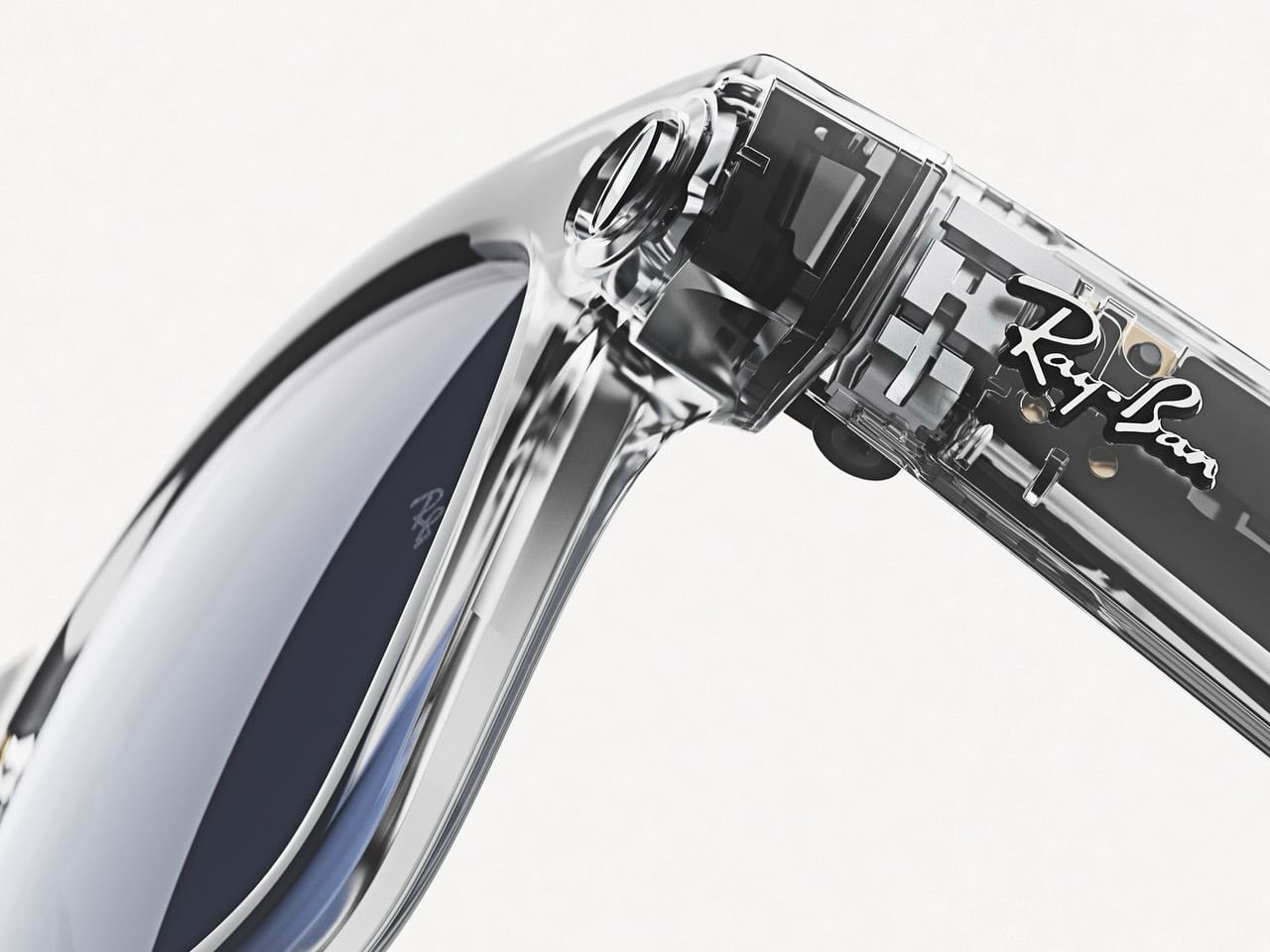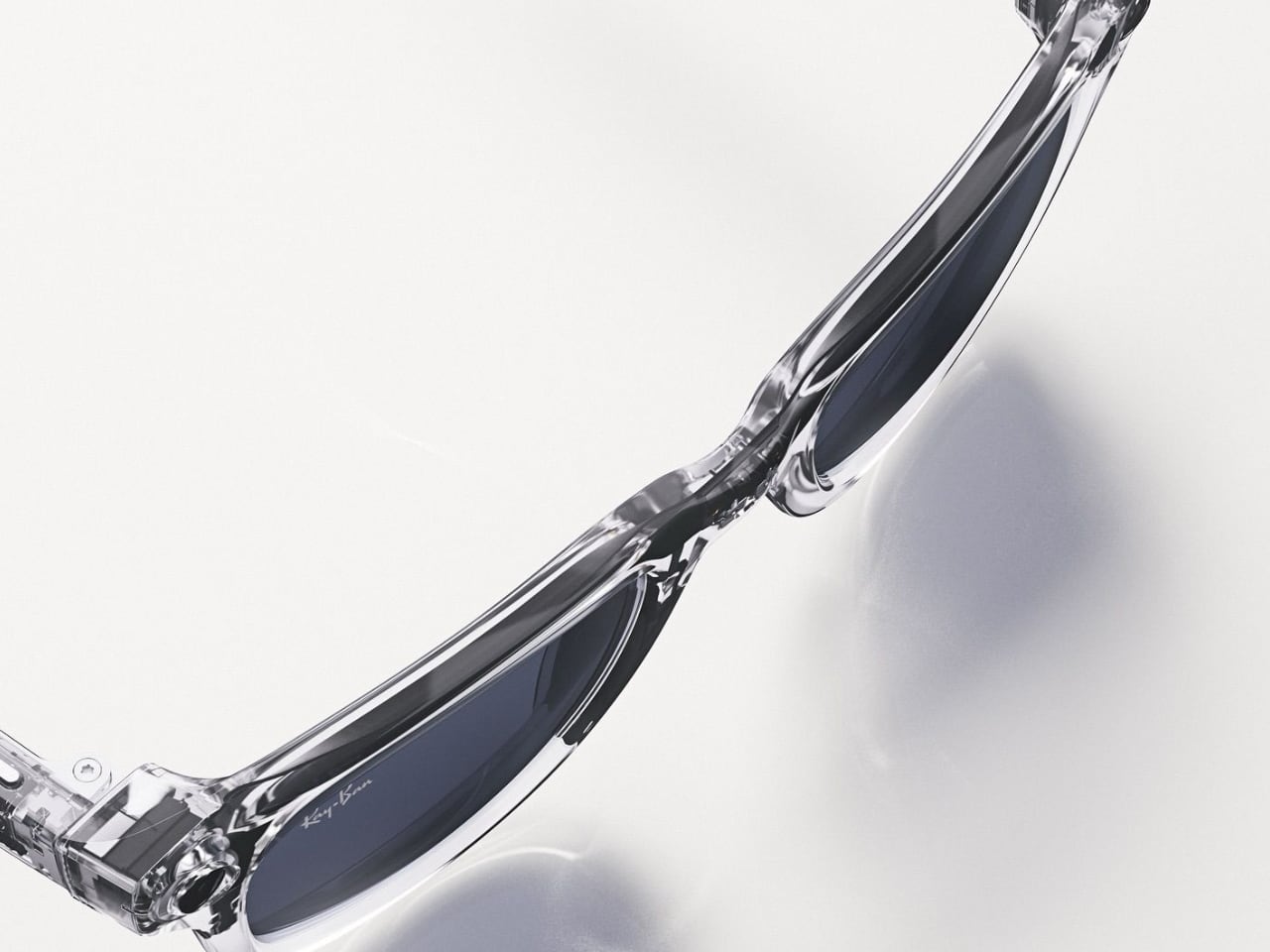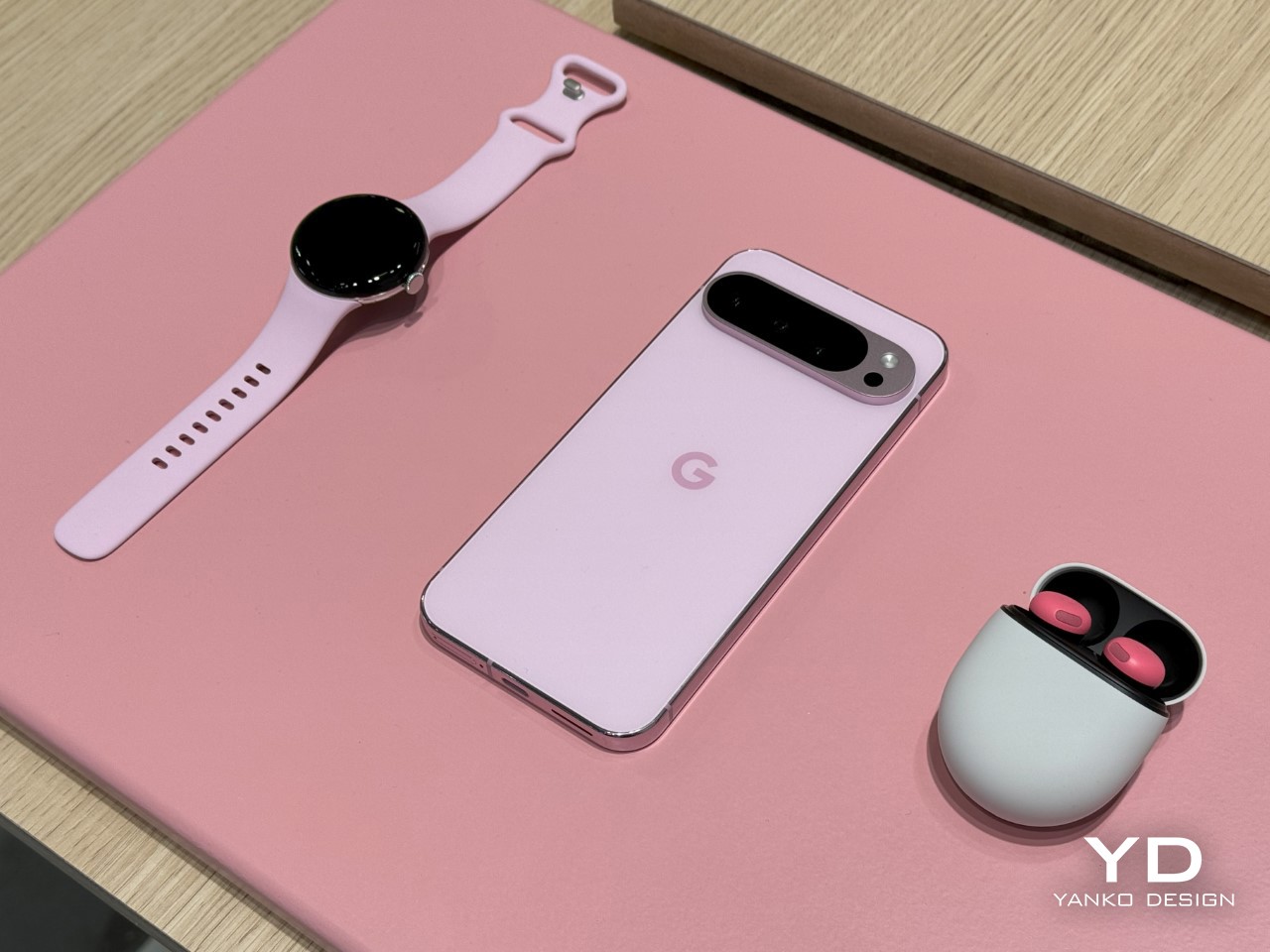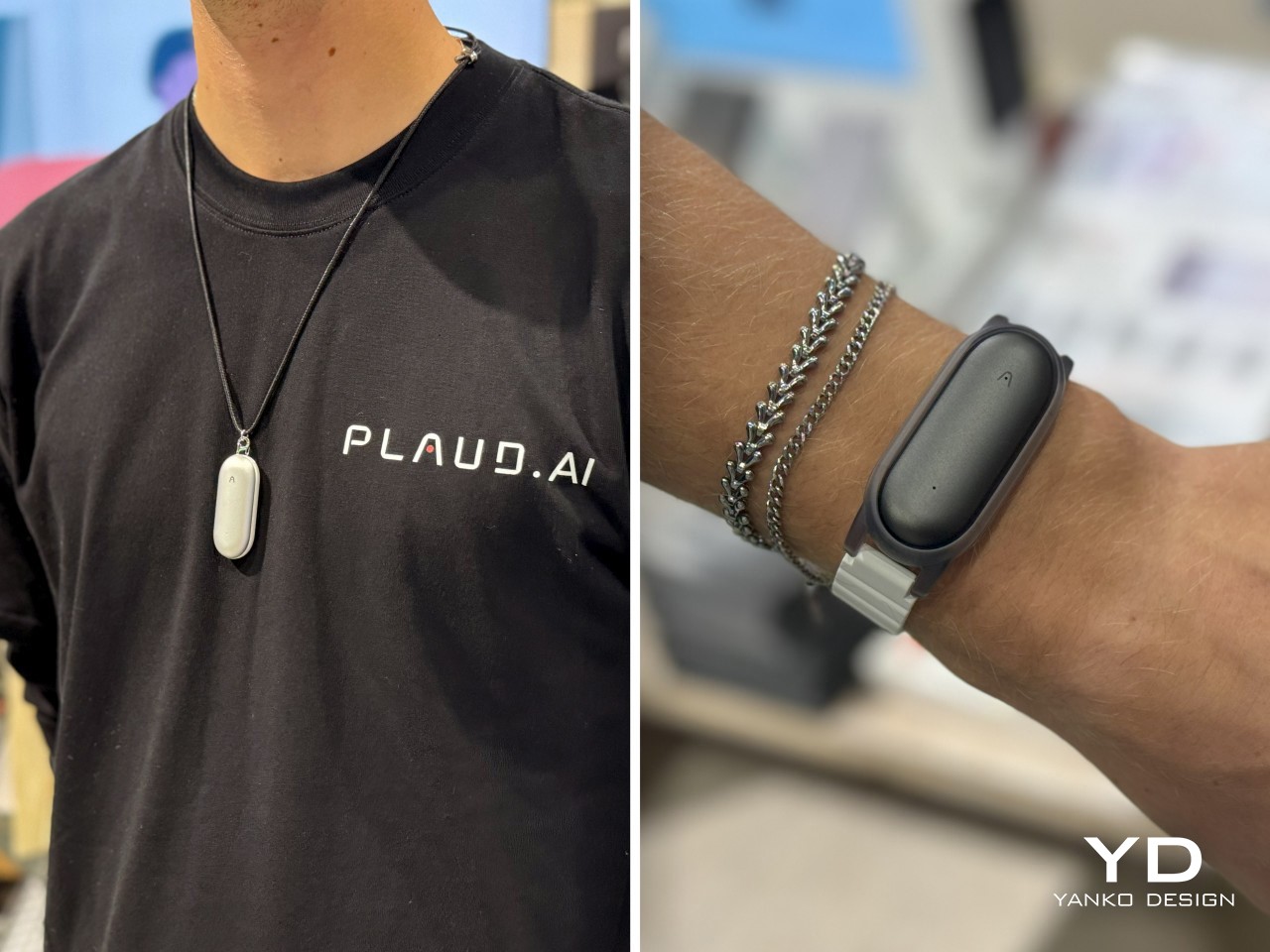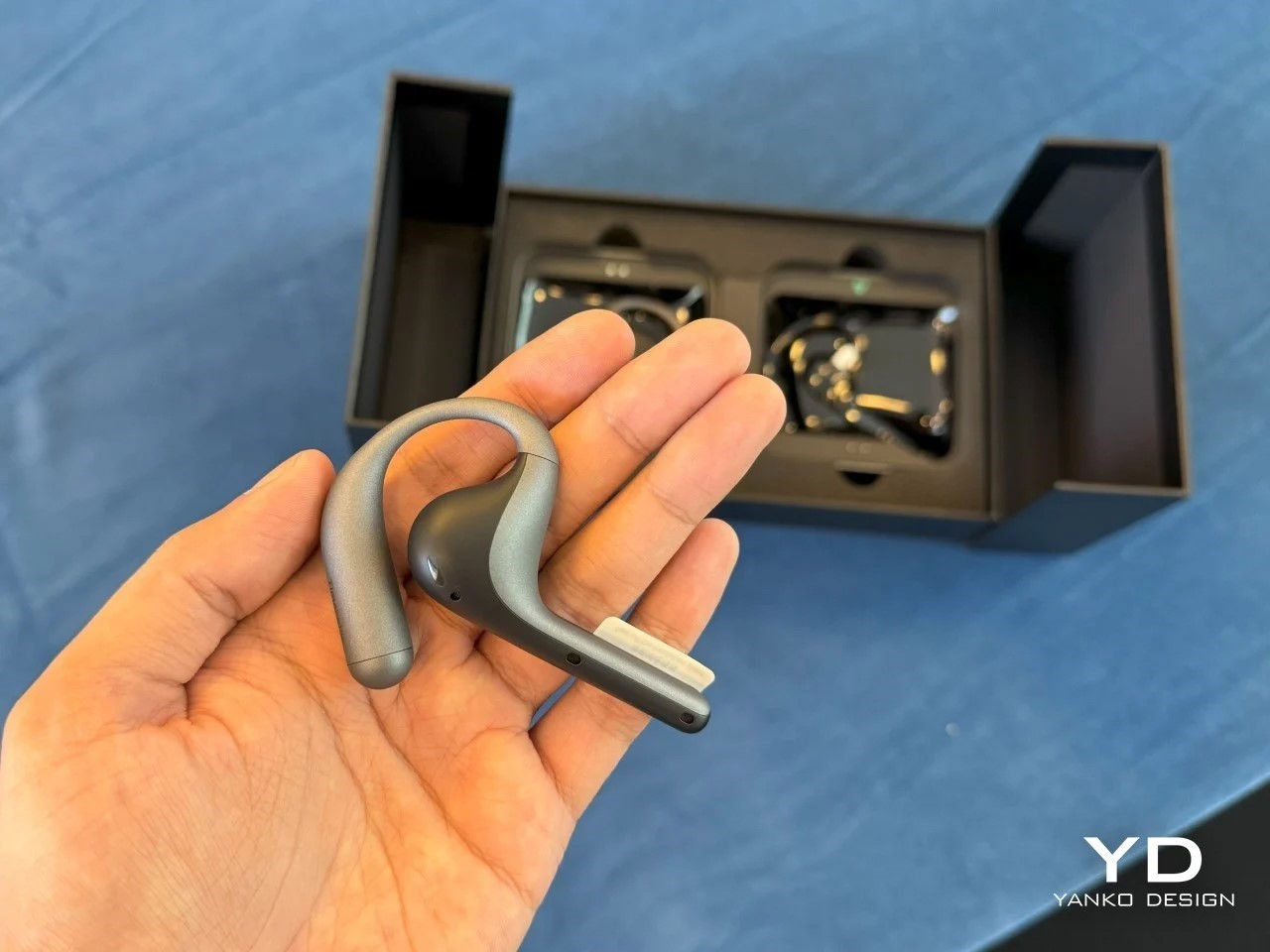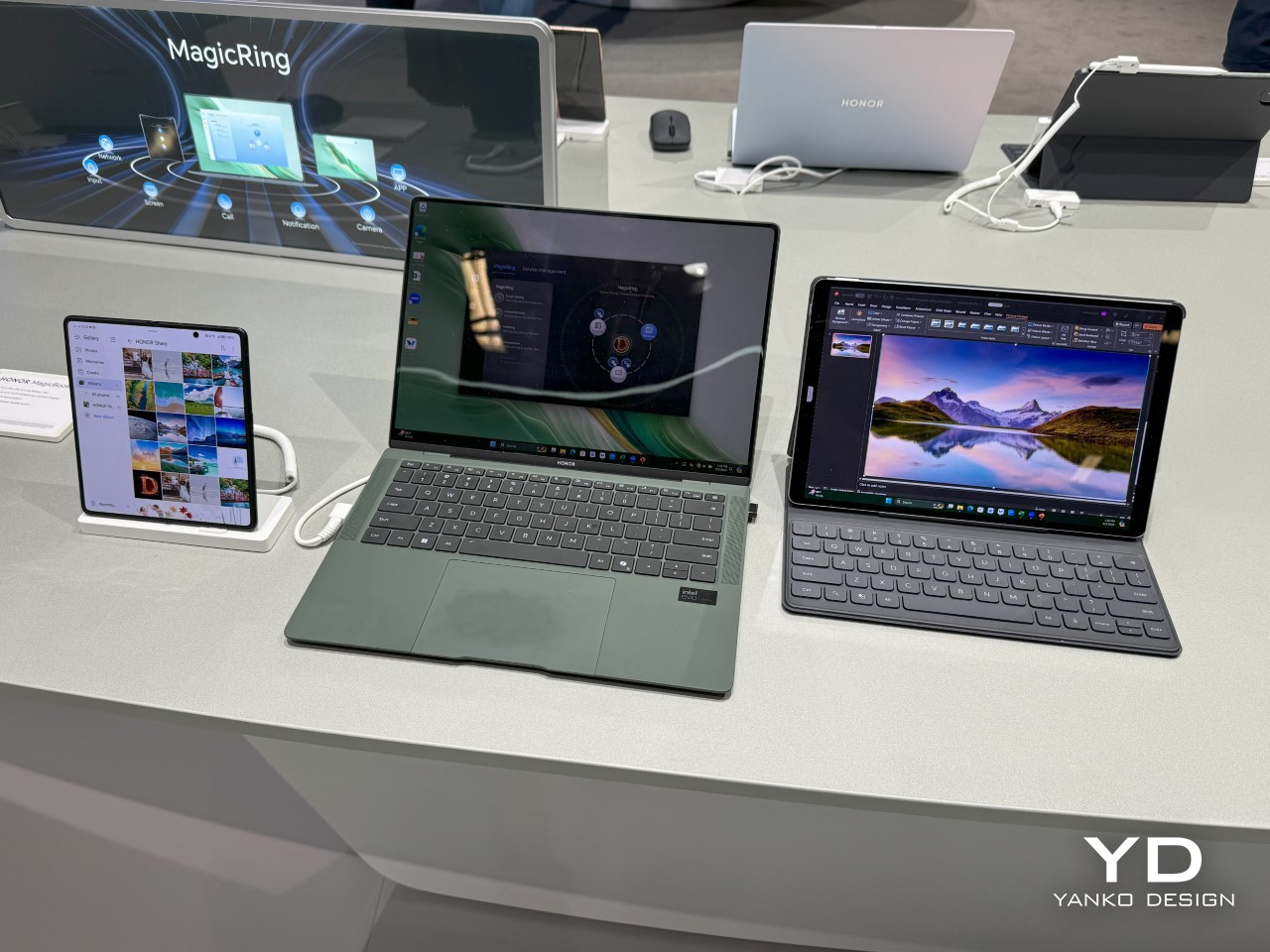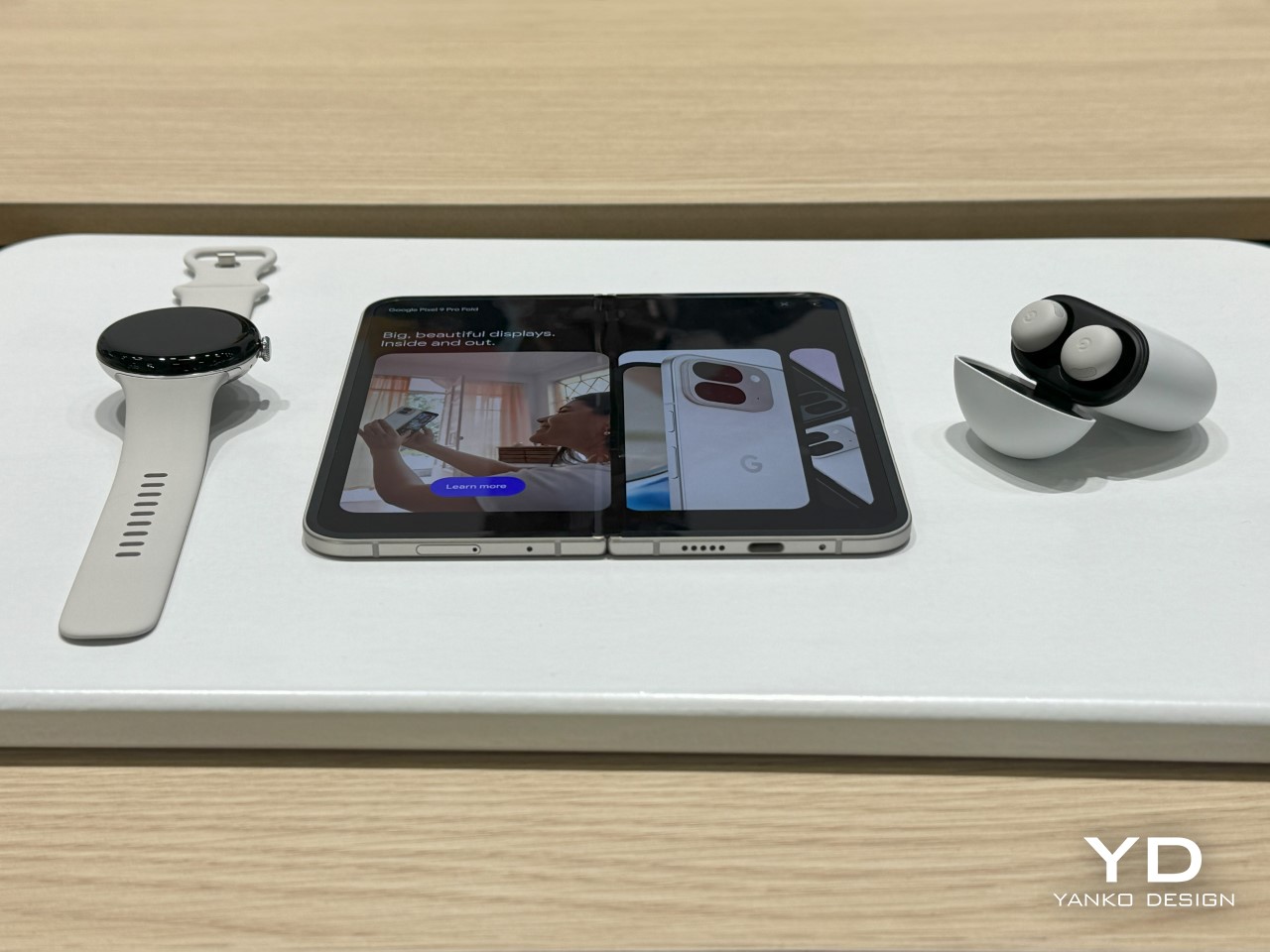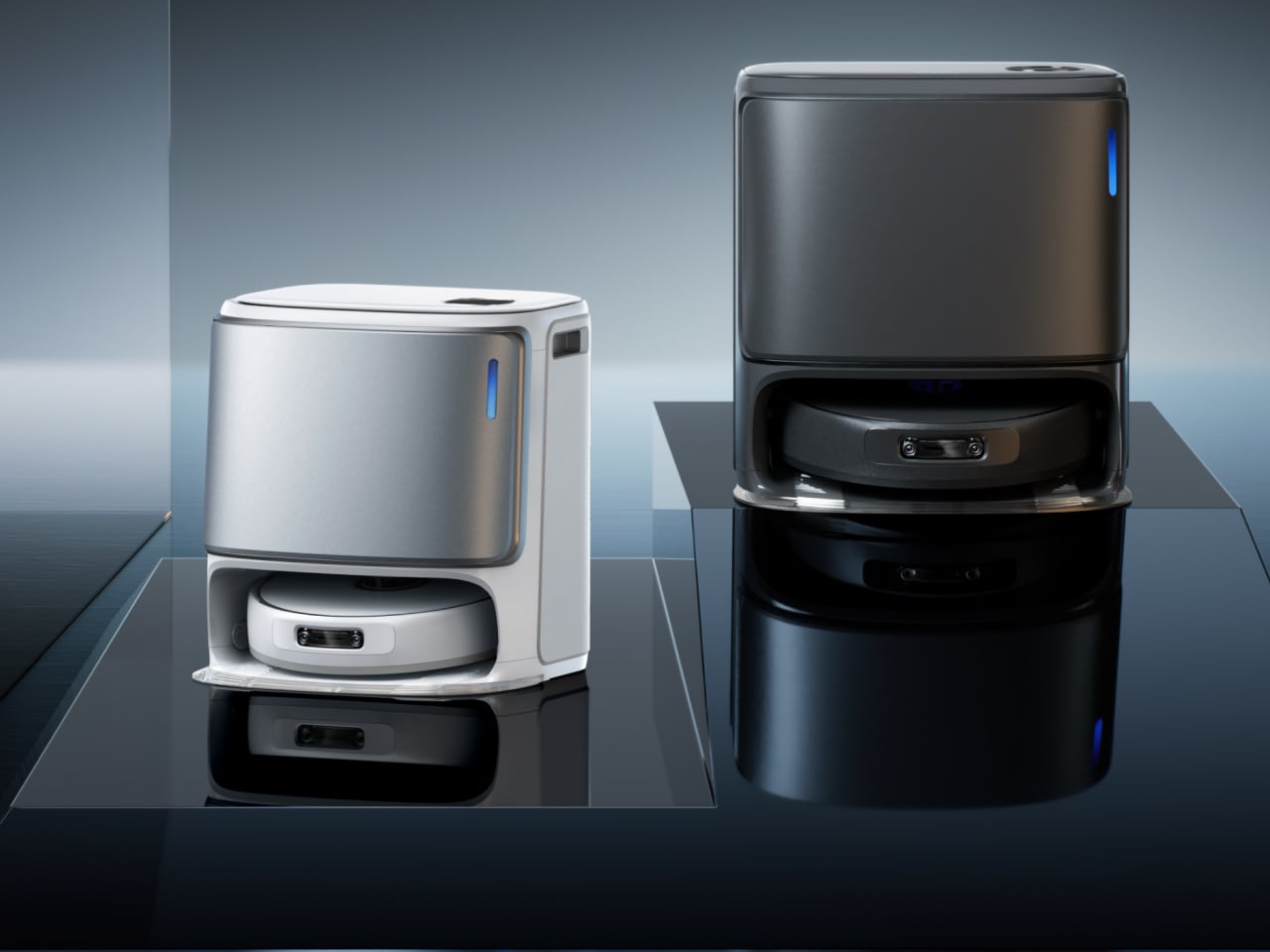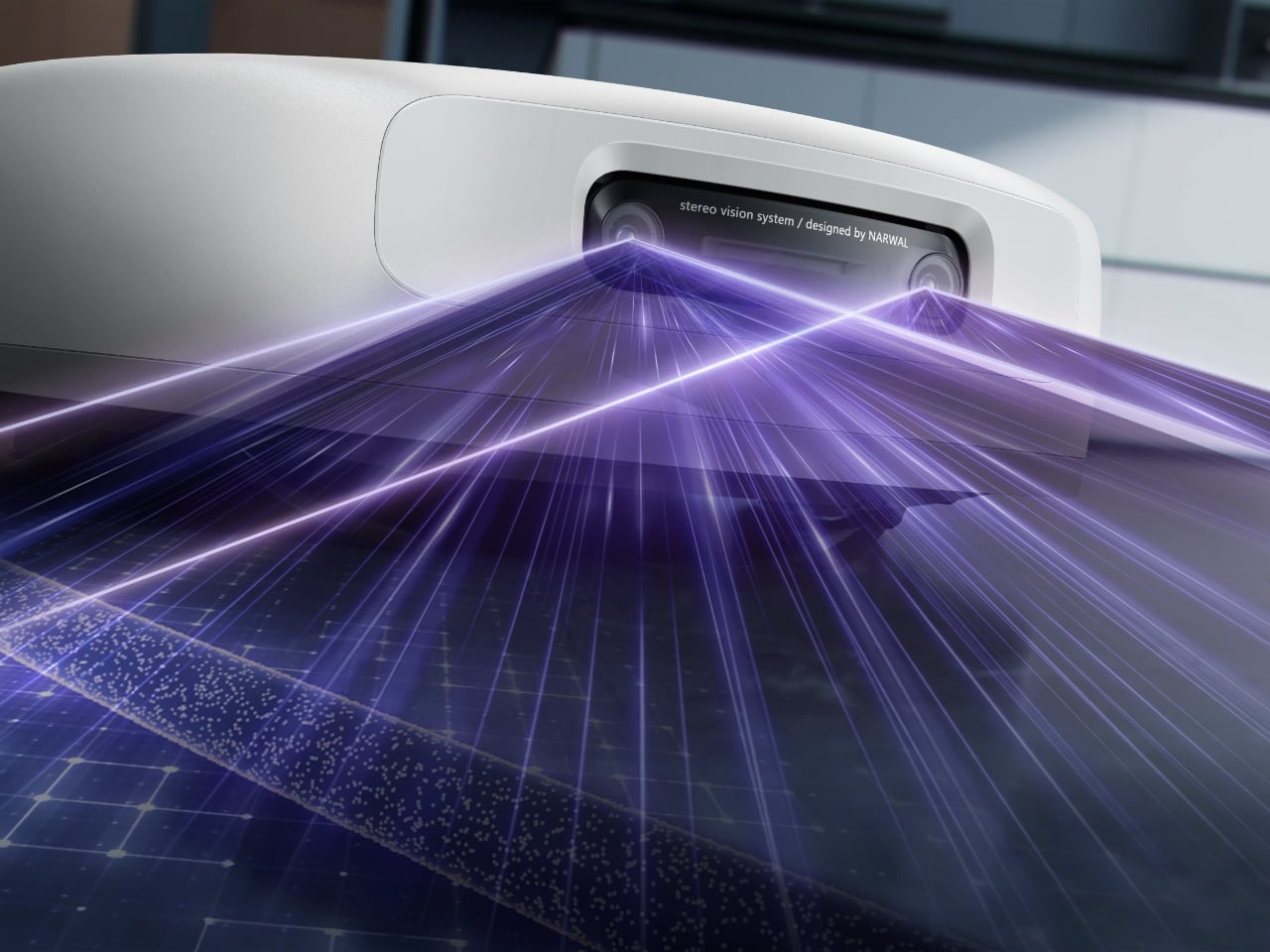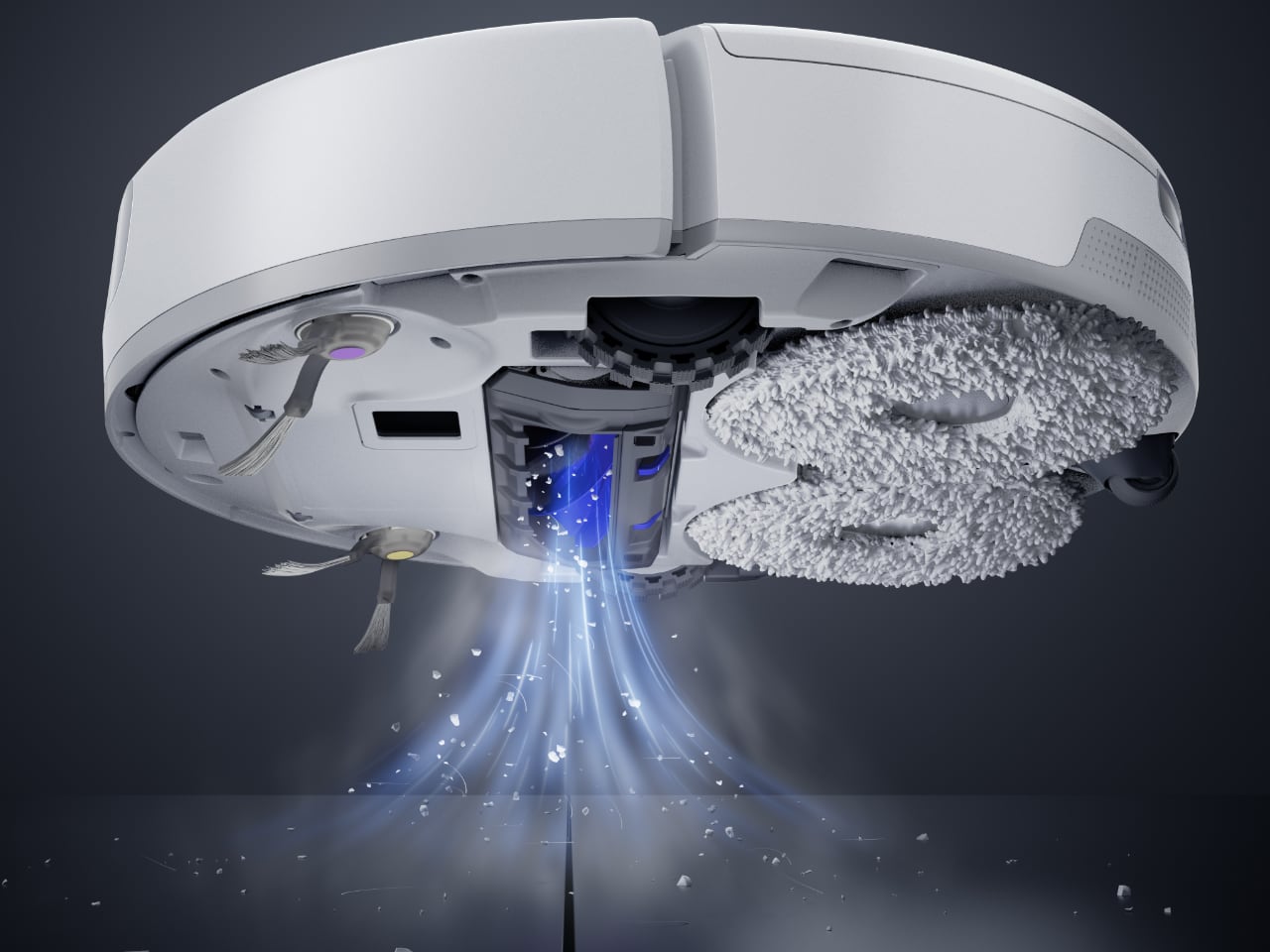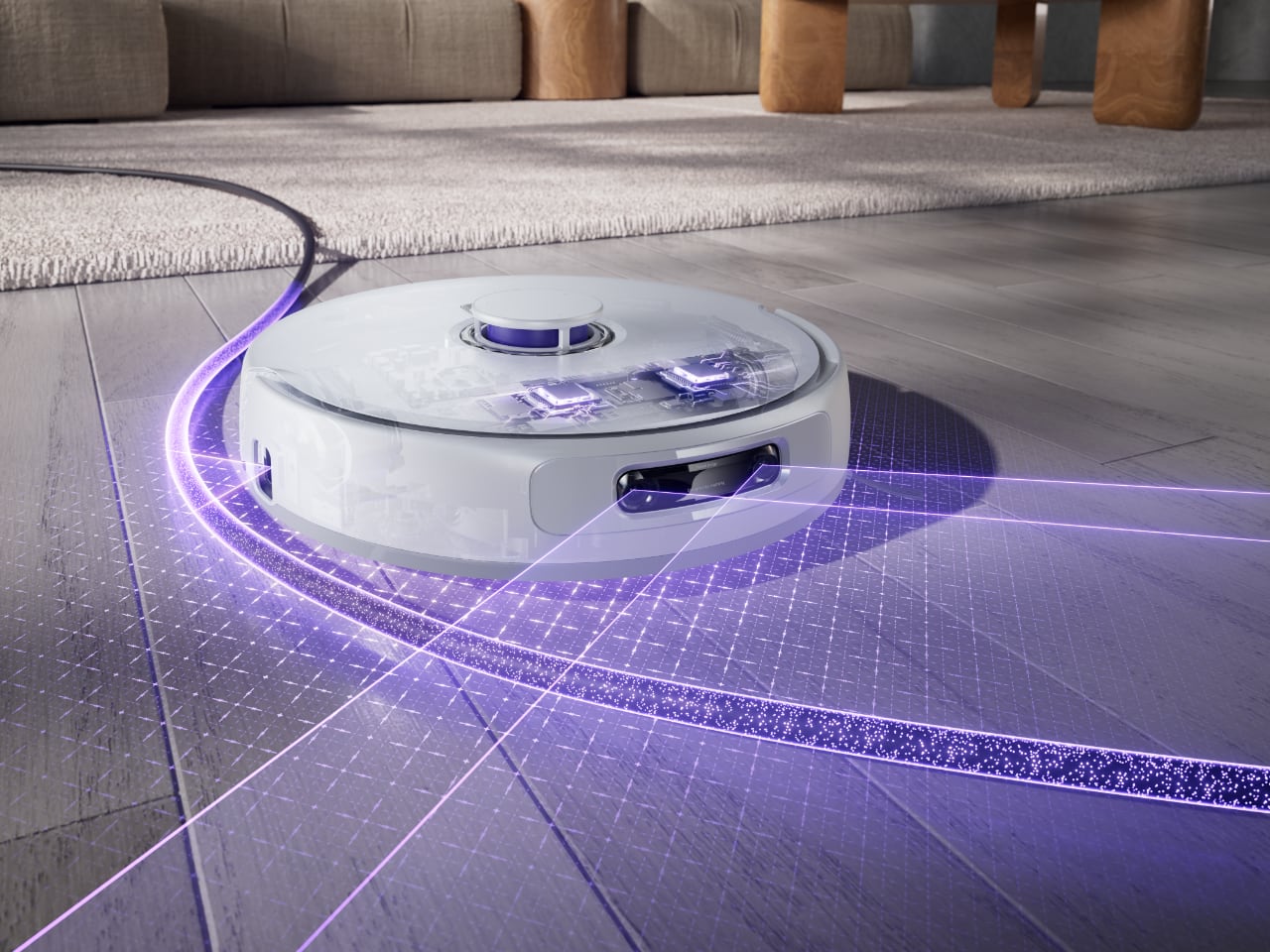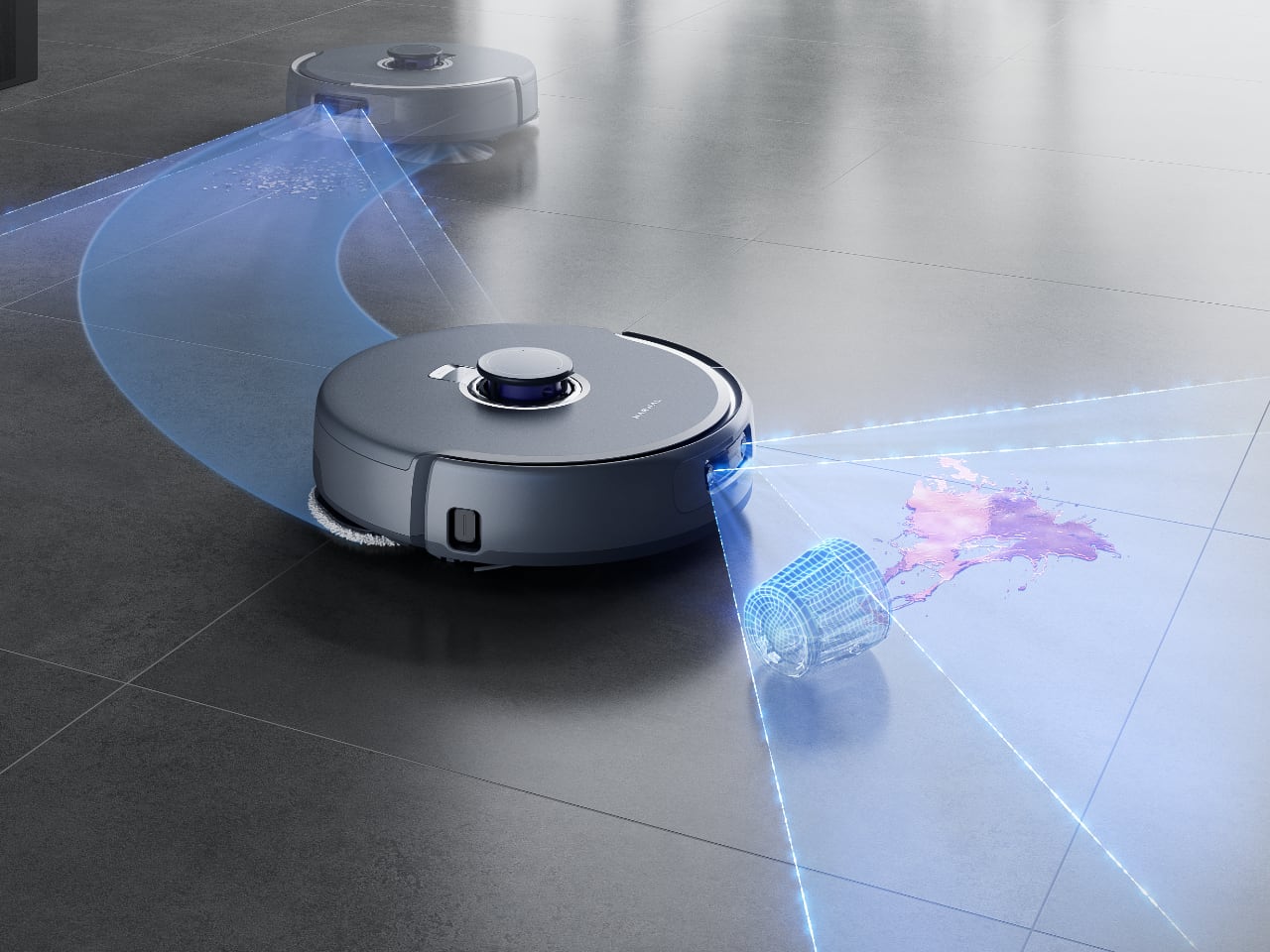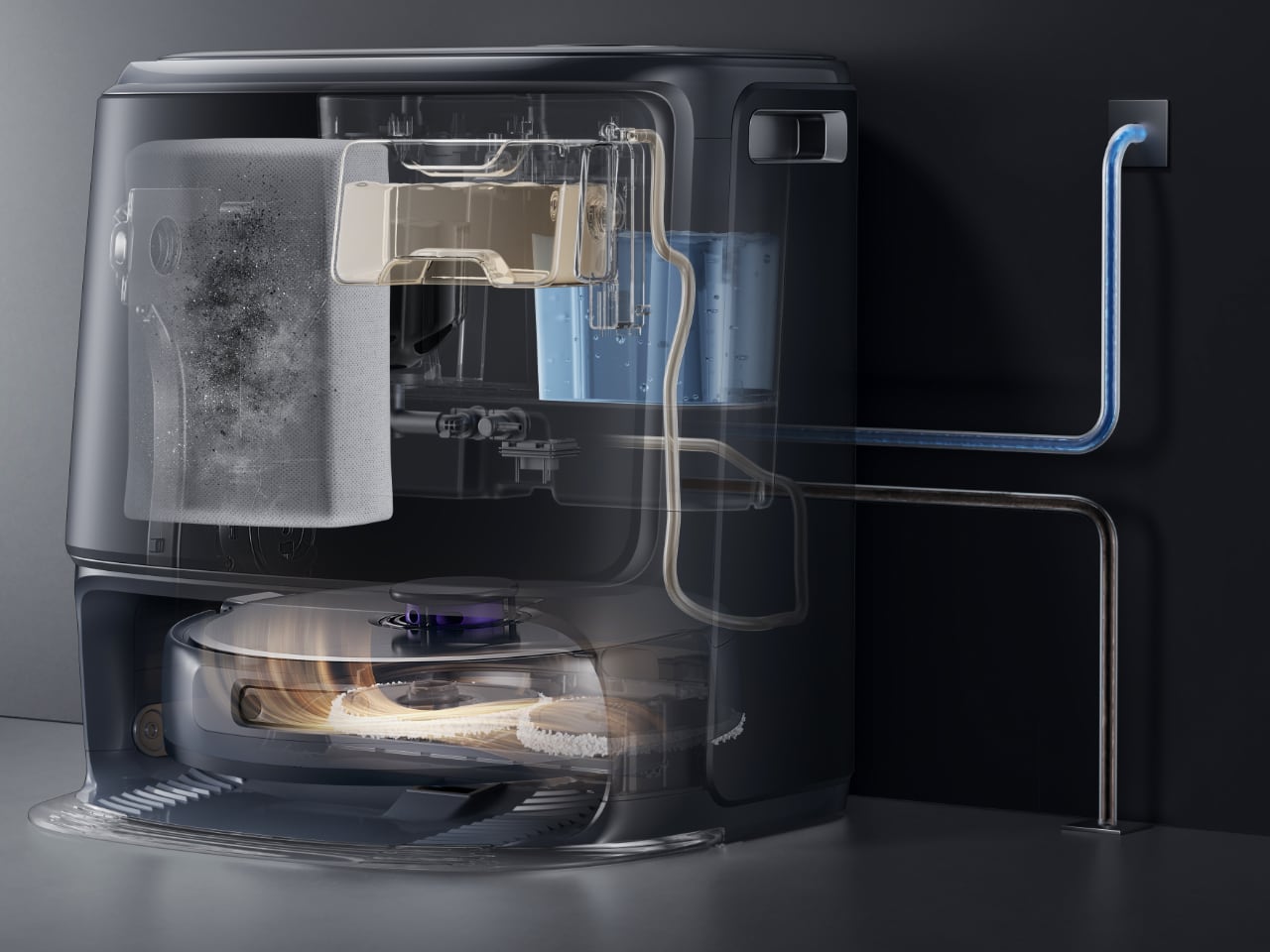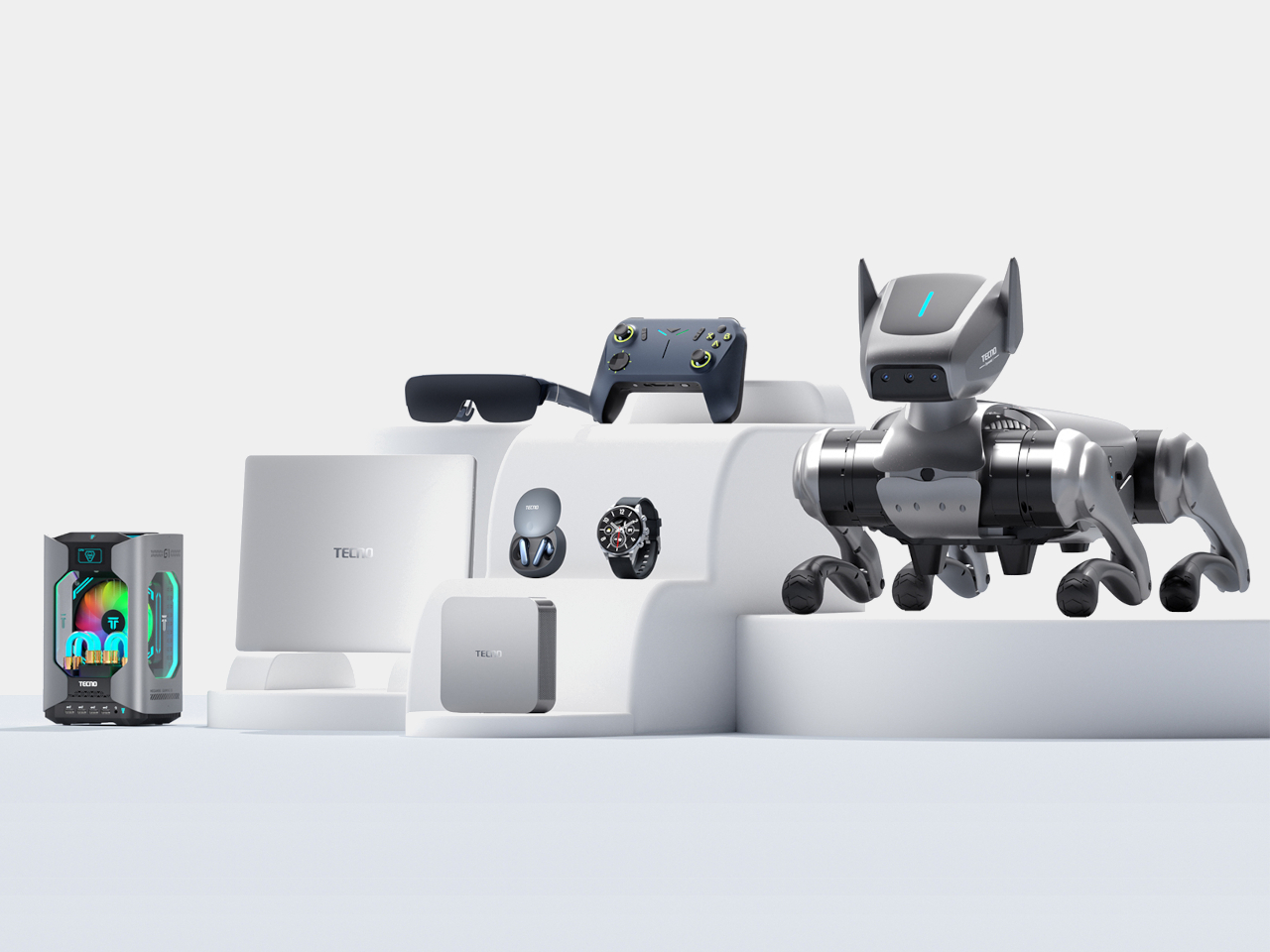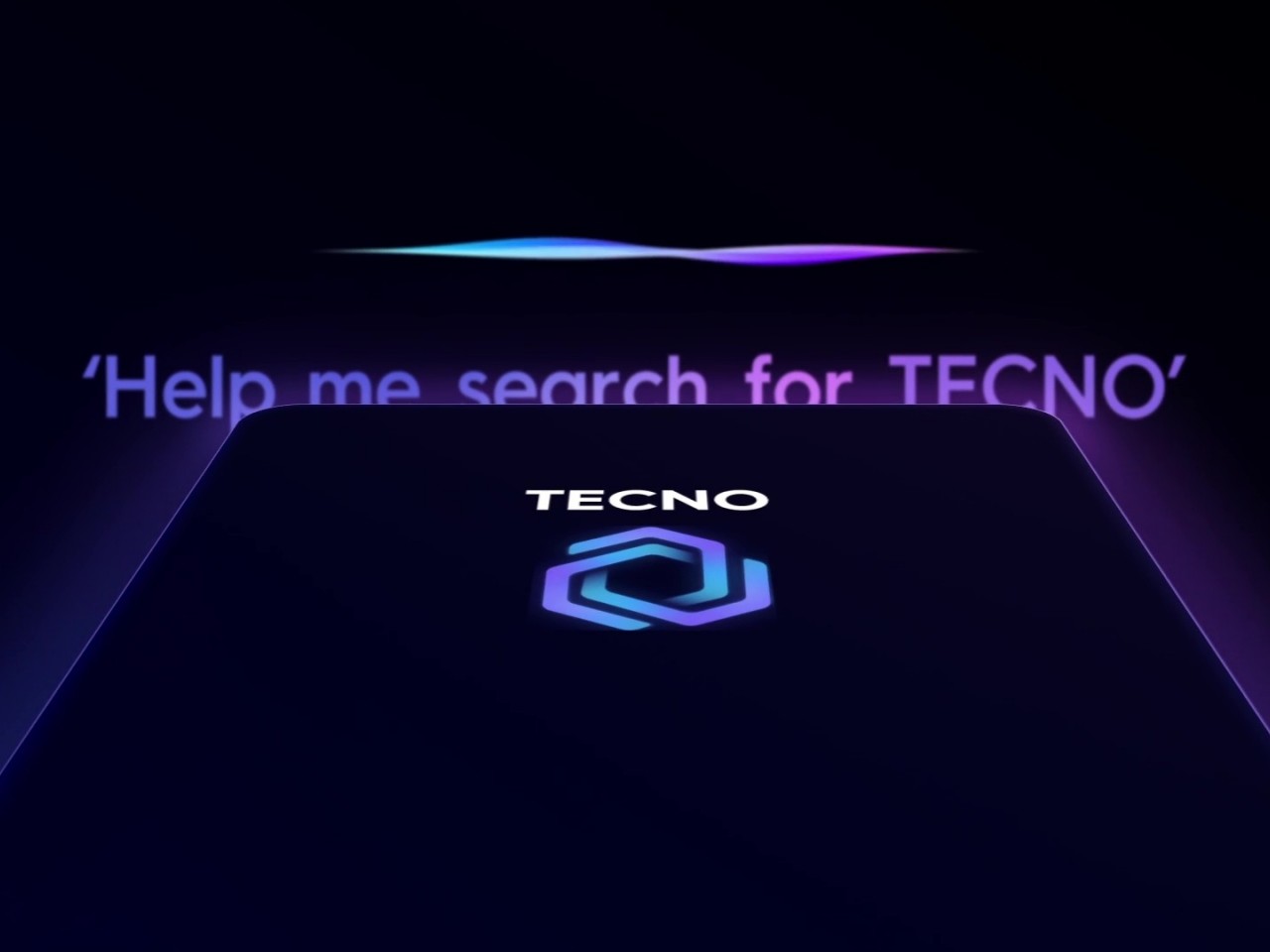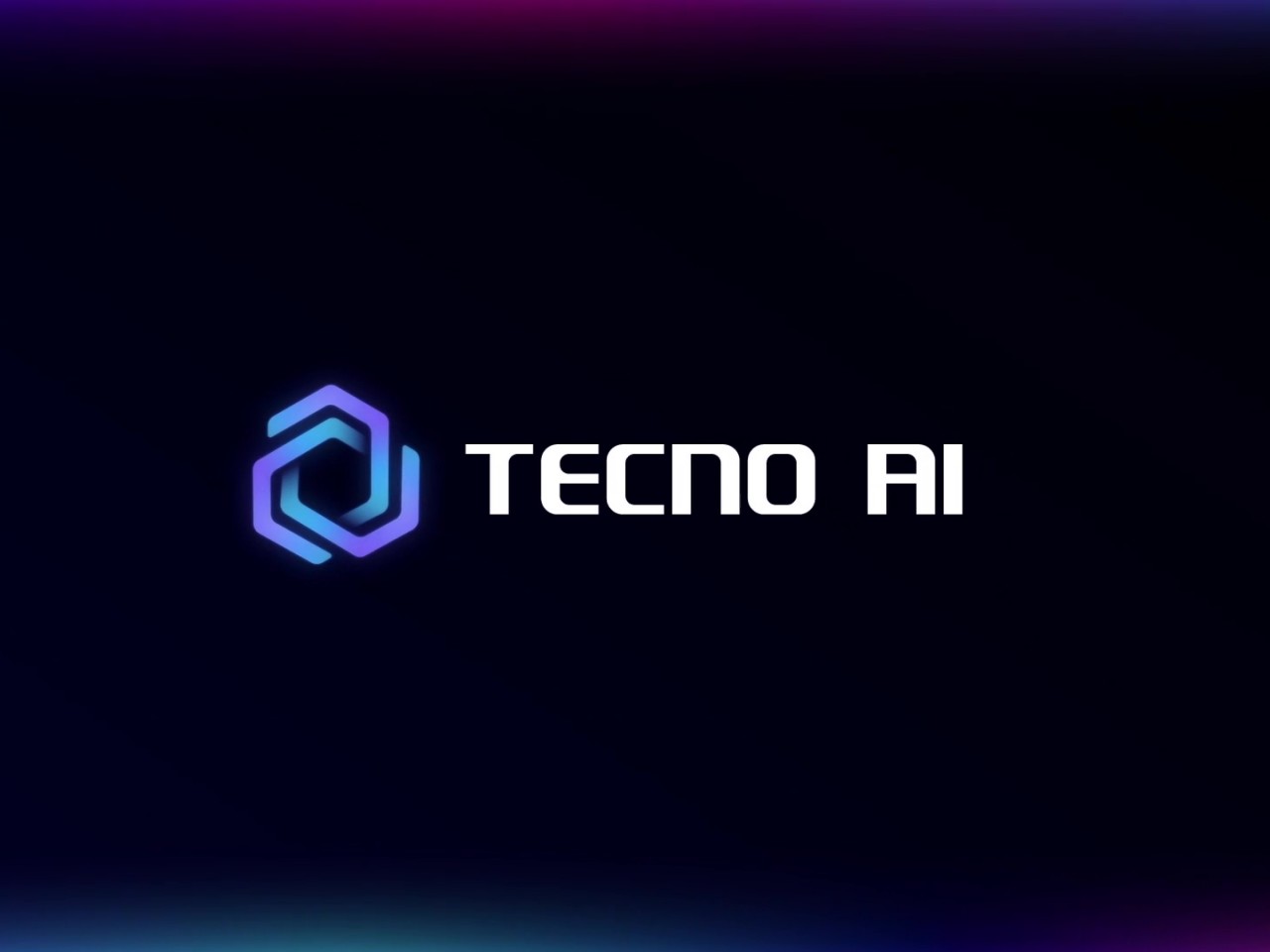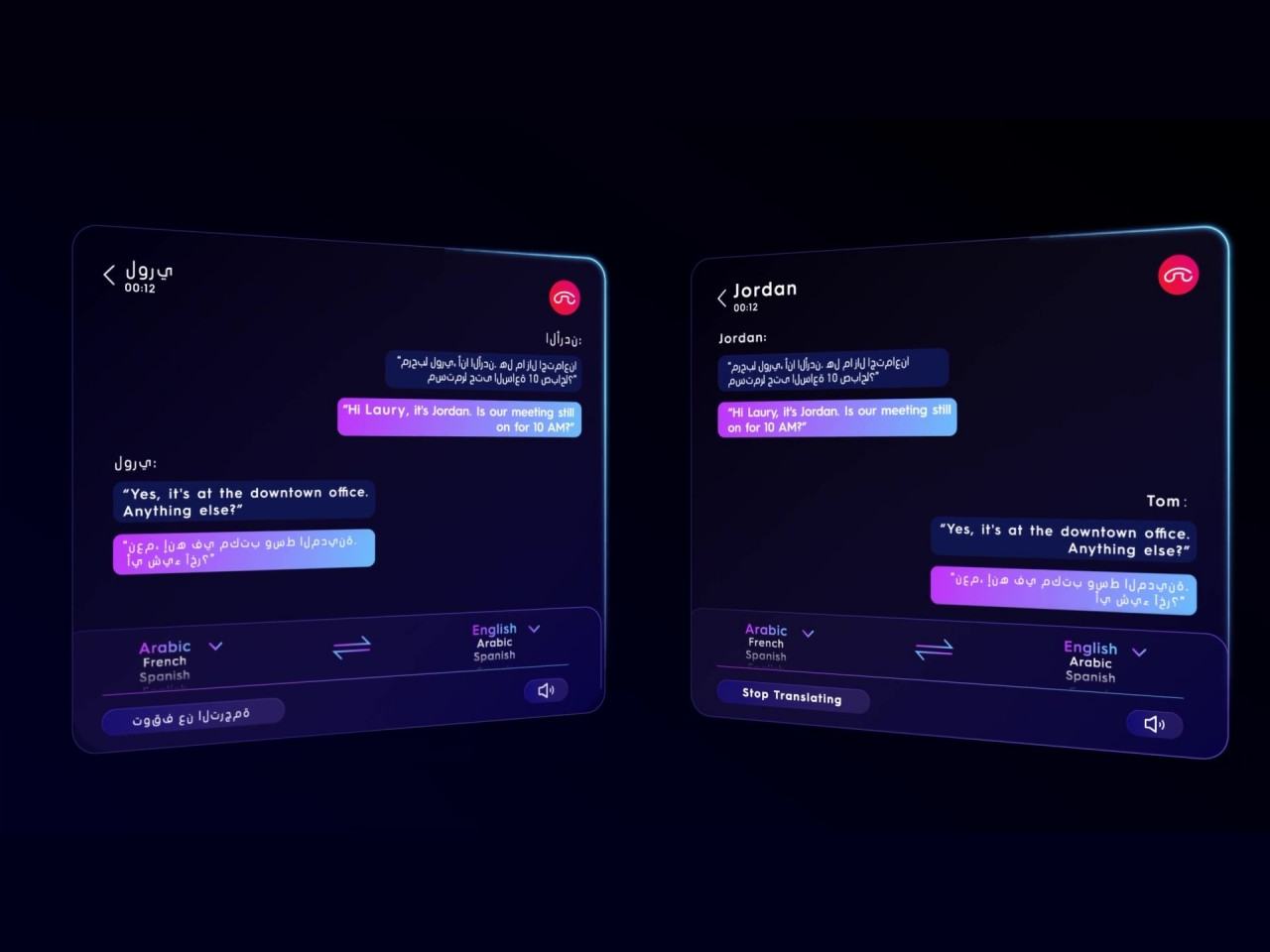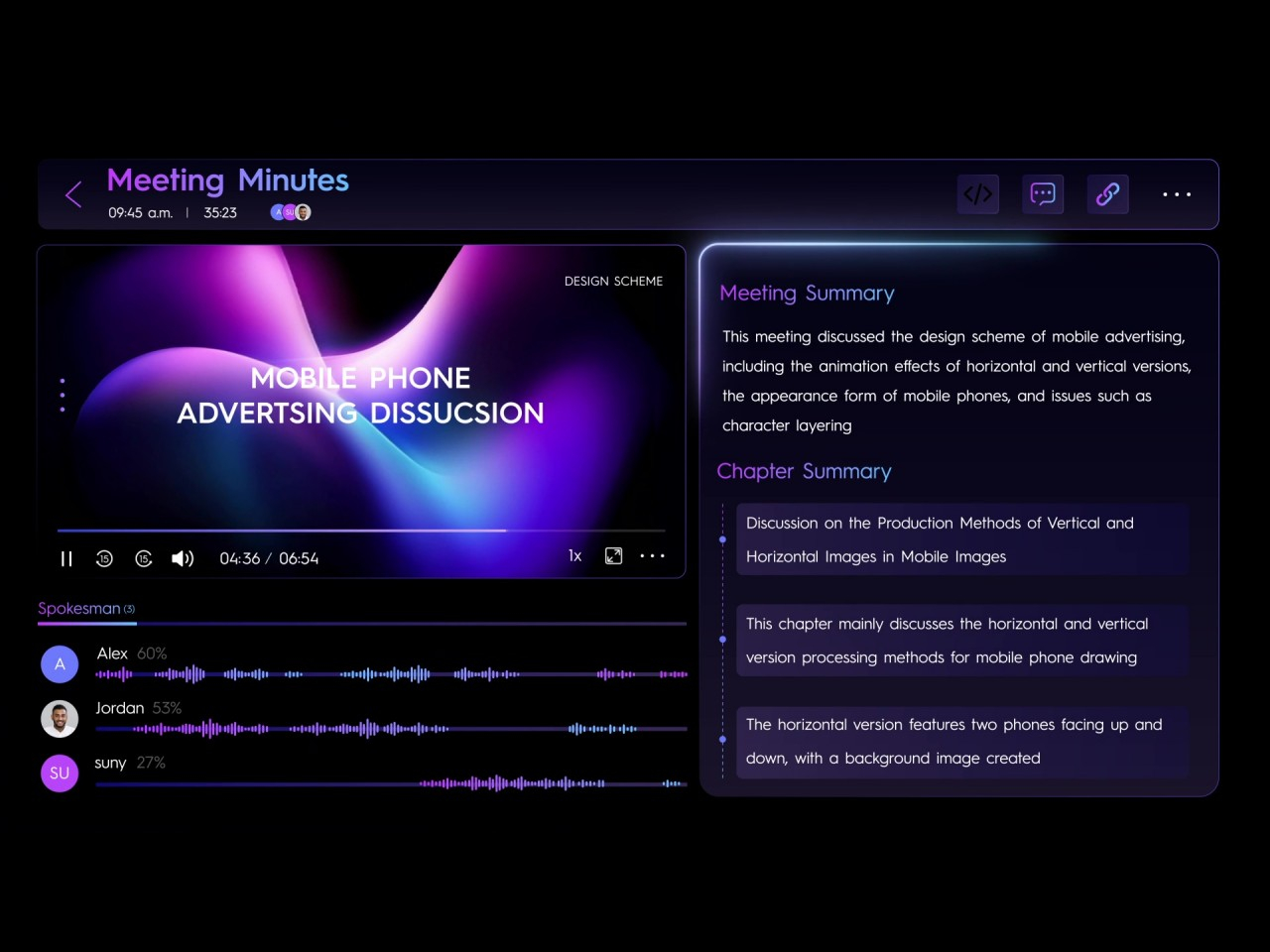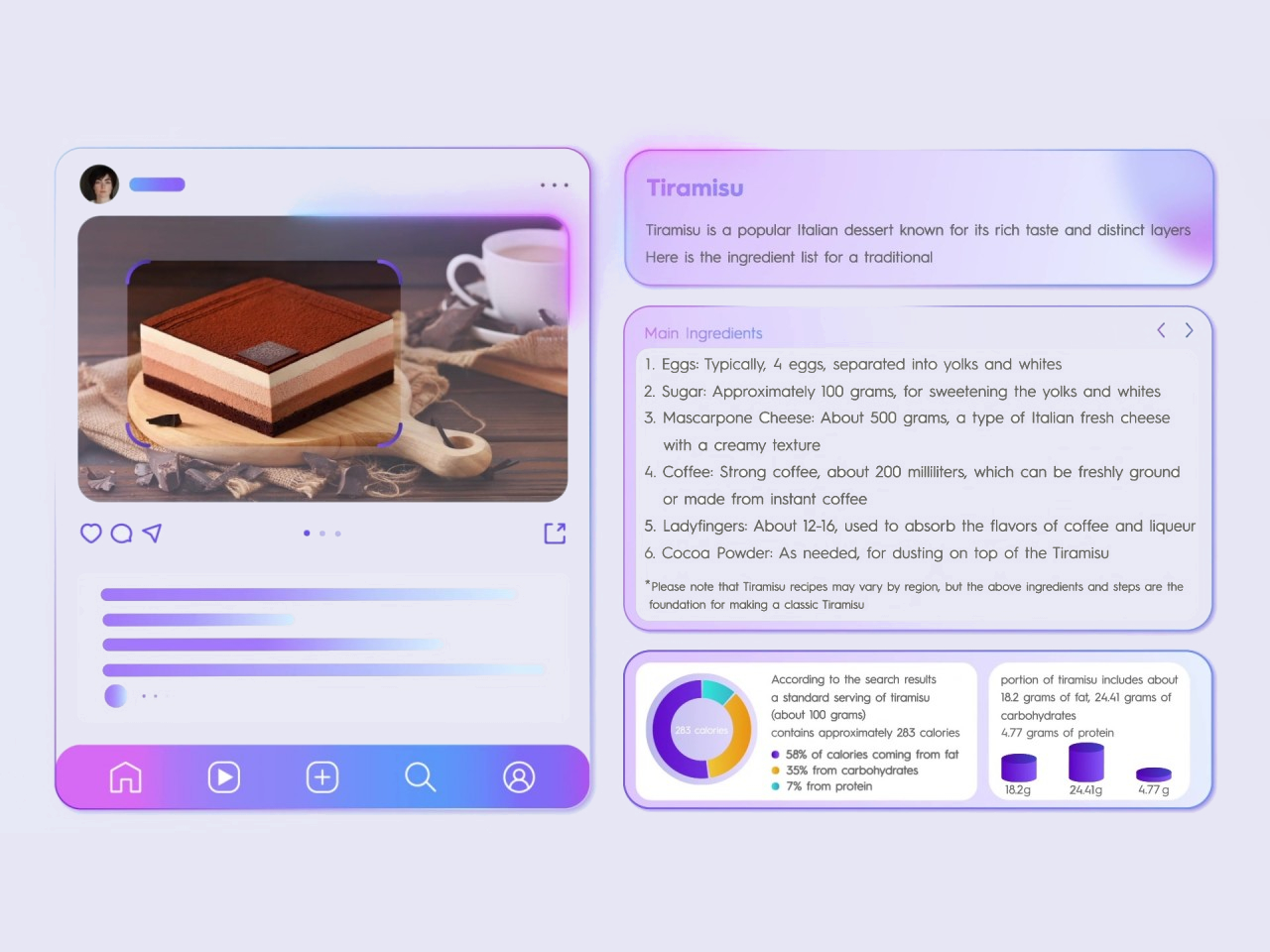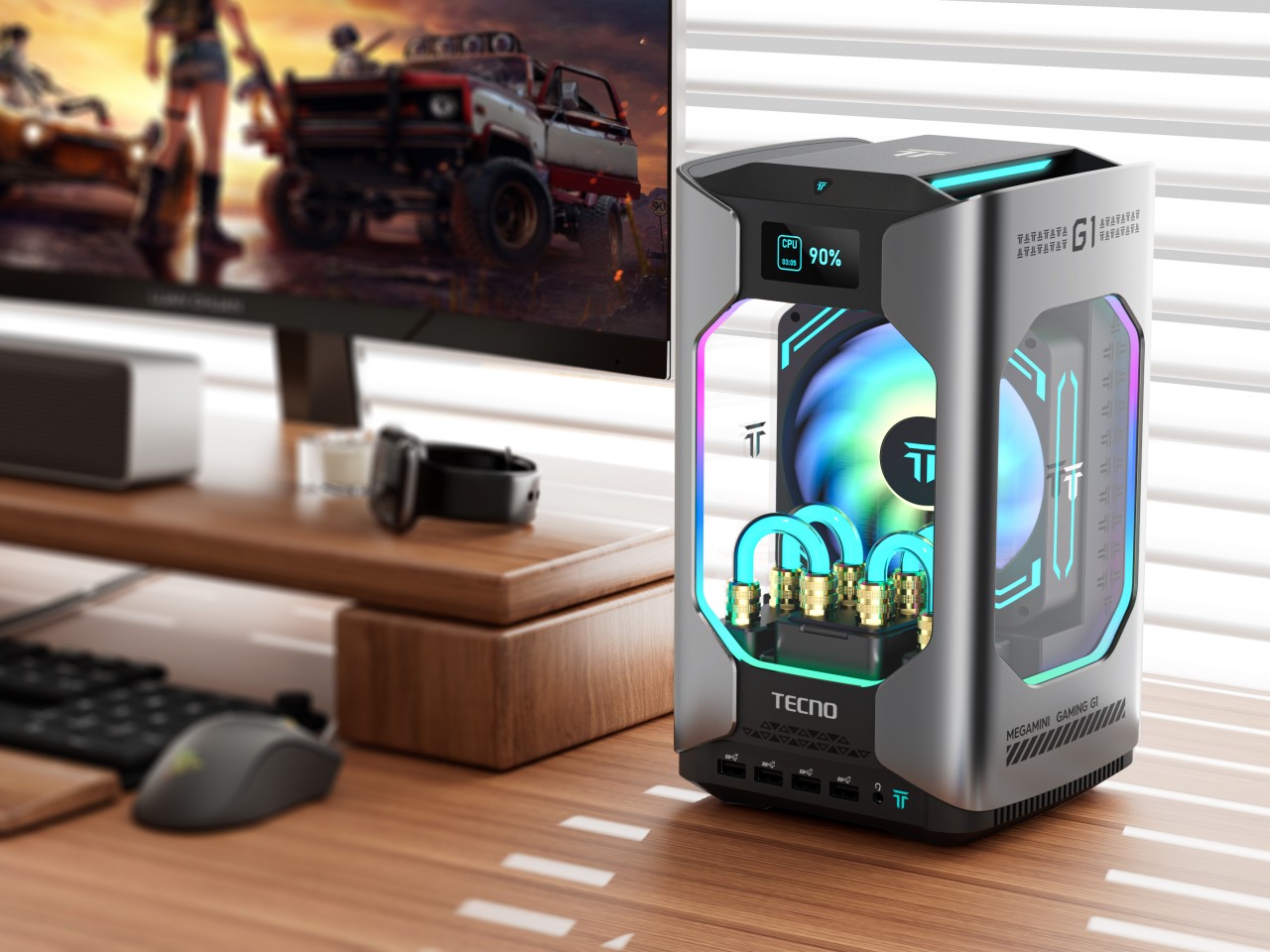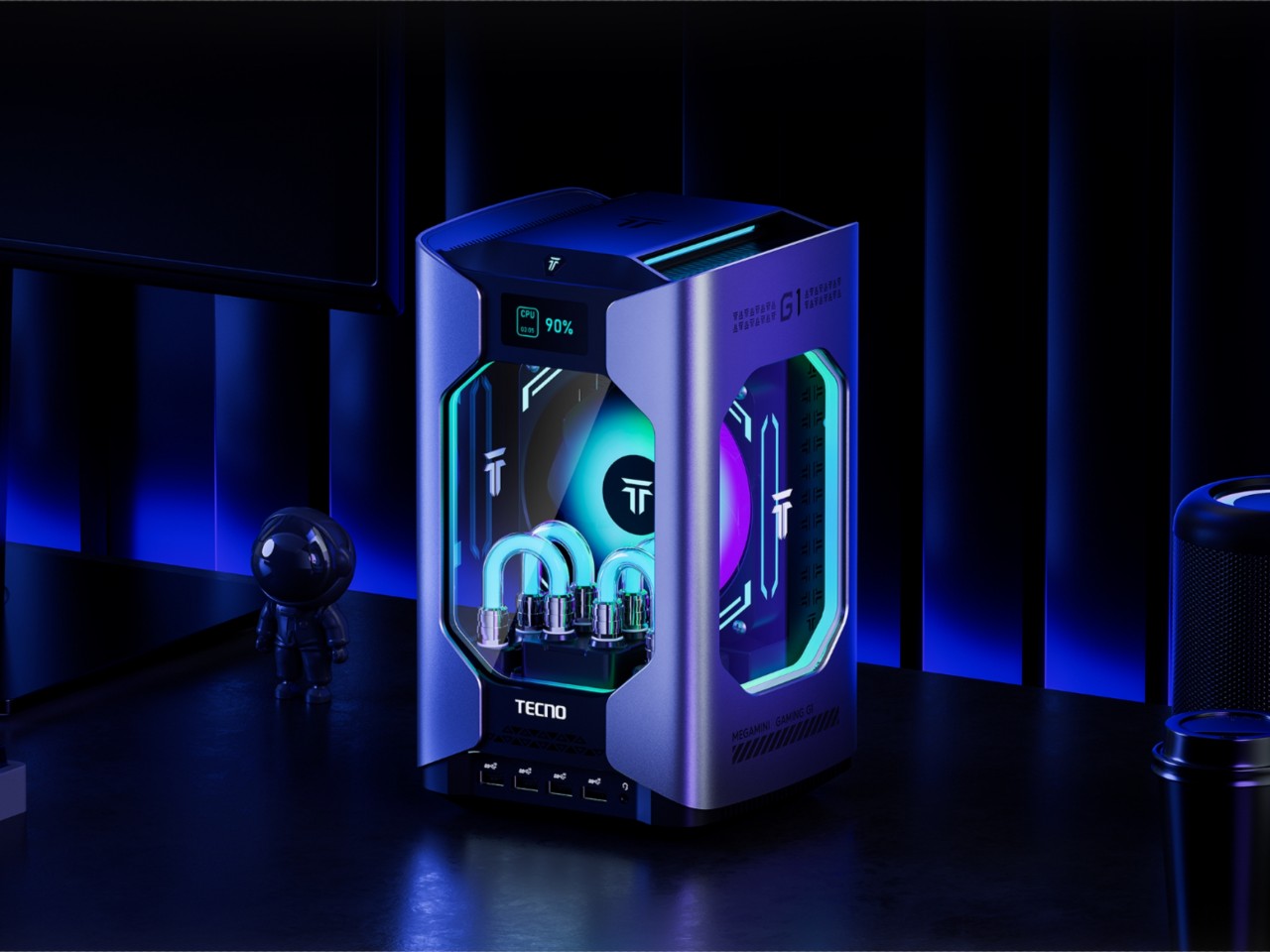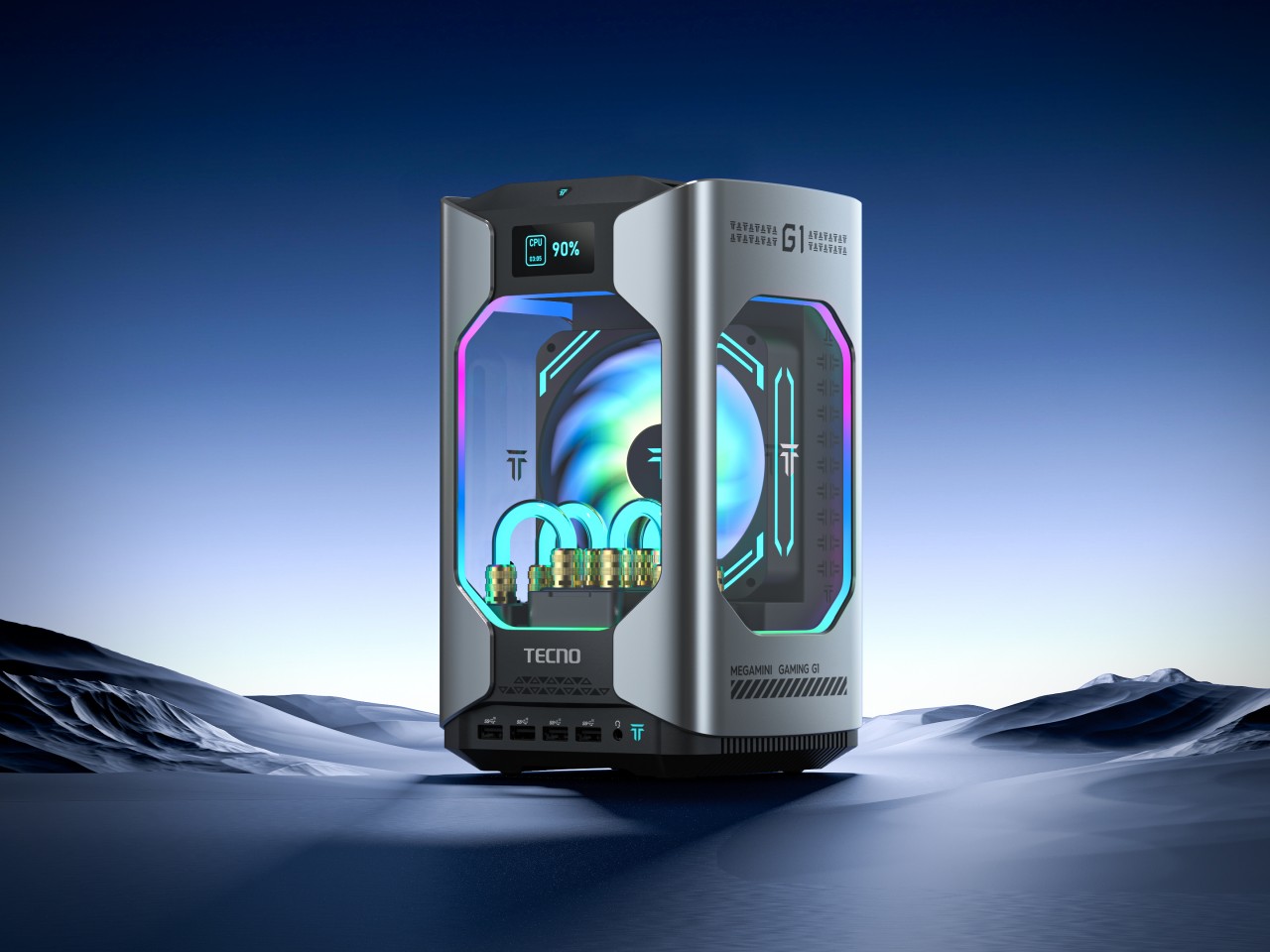
PROS:
- Distinctive, premium, and sleek design
- Strong sustainability effort
- Good camera output with software processing
- Seven years of software support
CONS:
- Gets mildly hot under intense use
- Pixel 9 Pro: Slow 27W charging
- Base storage starts at a measly 128GB
- Some AI features still feel a bit gimmicky
RATINGS:
SUSTAINABILITY / REPAIRABILITY
EDITOR'S QUOTE:
With a premium and elegant design and impressive photography performance, the Google Pixel 9 Pro offers a glimpse into a future where AI makes lives easier and more meaningful.
In the beginning, Google was content to let its hardware partners shape people’s impressions of the Android mobile platform. With the launch of the first Pixel phone in 2016, however, it started to reveal its own vision for Android, not just in terms of software but for the overall user experience. Of course, visions and priorities change over time, and so do the focus and design for Pixel phones. With everything these days revolving around AI, it’s no surprise that Gemini, Google’s own AI platform, is at the heart of the new Pixel 9 series. But are these phones just vehicles for Gemini or do they have more to offer? With the smaller Pixel 9 Pro and the extra-large Pixel 9 Pro XL in our hands, we give Google’s latest smartphones a spin to see what all the fuss is about.
Designer:
Aesthetics
Remember the “Panda Phone,” a.k.a. the Google Pixel 2 XL? Pixel phones have always had rather distinctive designs bordering on being playful and fun. But as the phone line matured, so did their designs. Compared to the very first Pixels, the Pixel 9 Pro is more mellow, subdued, and grown up. Even the colors are a bit muted compared the last year’s selection. And it’s actually all for the best.
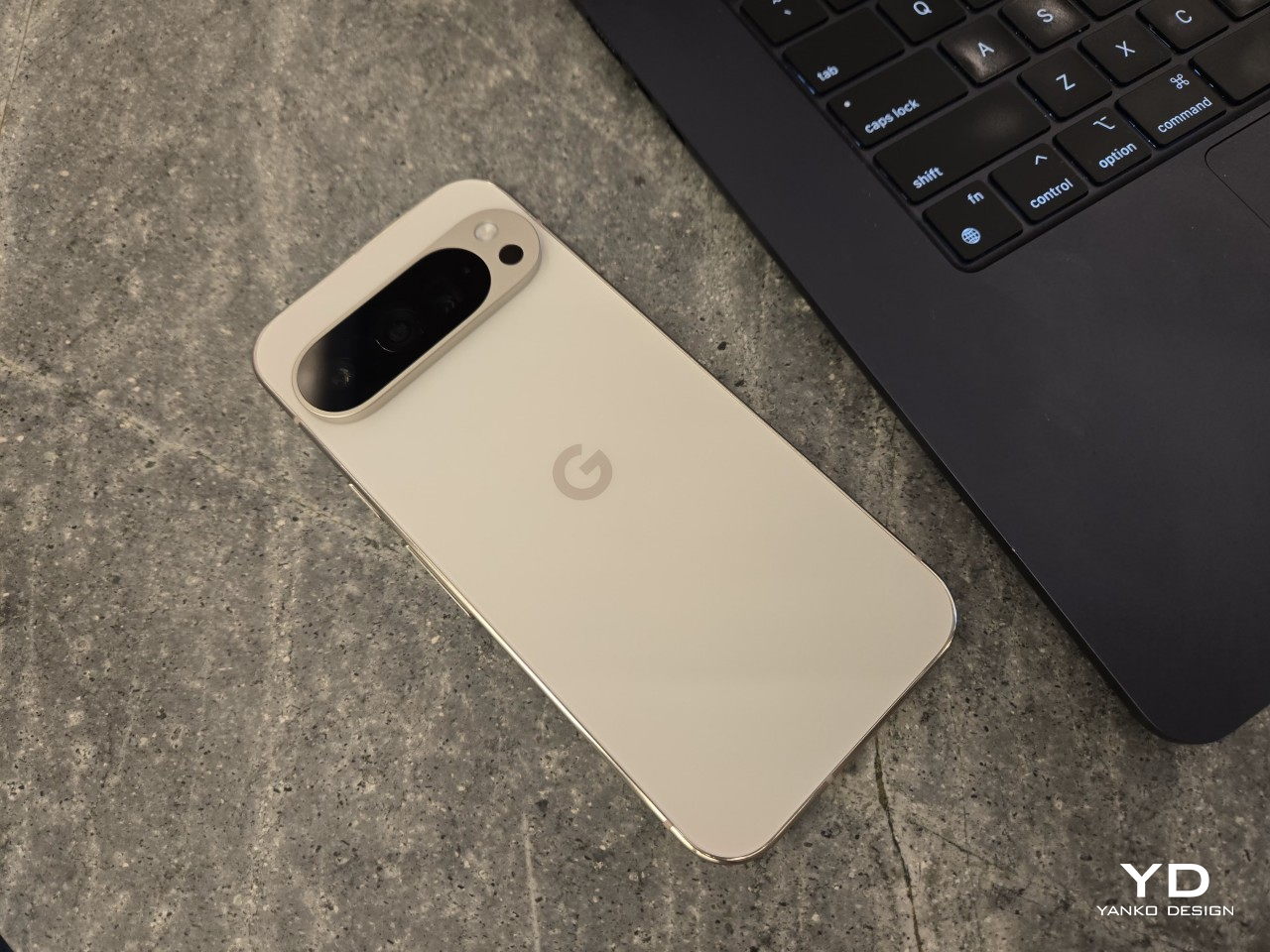
Google Pixel 9 Pro
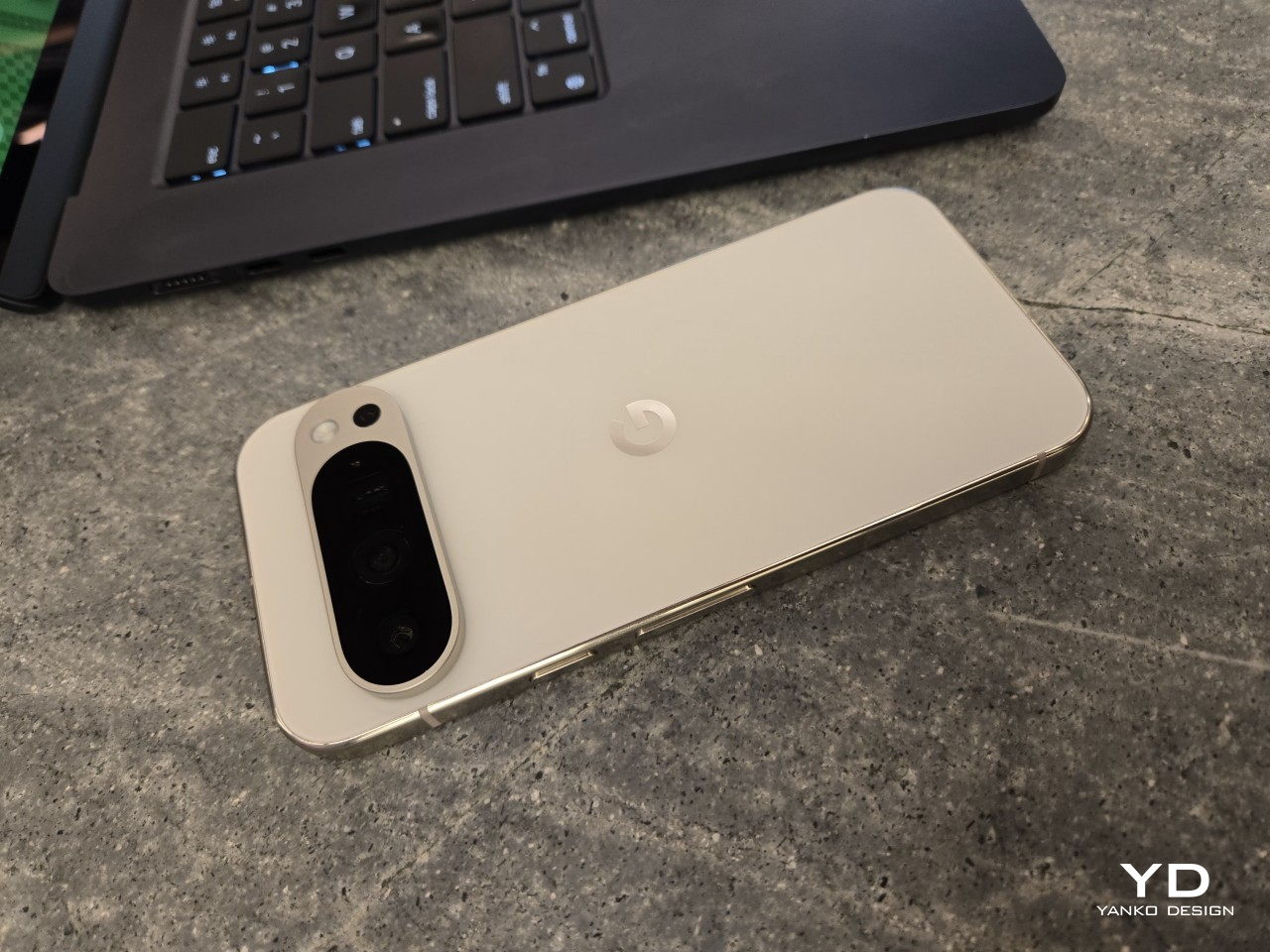
Google Pixel 9 Pro
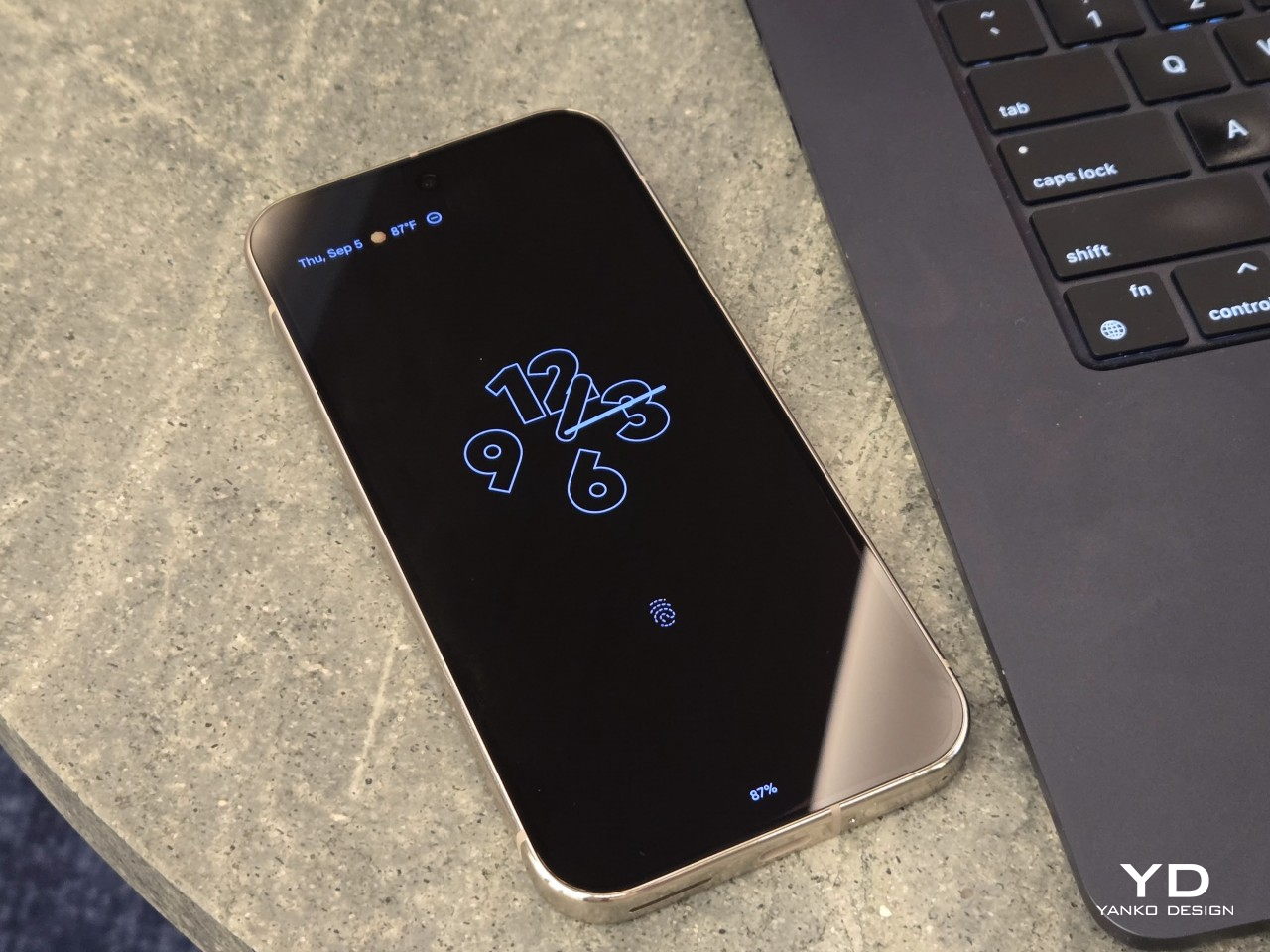
Google Pixel 9 Pro
The Pixel 9 Pro now competes in a market where the previously young generation are now young adults and budding professionals. Tastes and needs change, and product design needs to adapt. Gone is the distinctive but divisive “visor” camera bar, now with an equally eye-catching but more modern-looking pill. It still sits across the width of the phone but leaves some space at the sides. While this gives the Pixel 9 Pro a more unified and mature appearance, it also makes the past dual-tone color combinations impossible to implement, at least not without some superficial gimmick.
The change in camera design also frees the Pixel 9 Pro to finally adopt what is now regarded to be a more contemporary convention: flatness all around. The edges are flat and, at long last, so is the back. There will be many that will disagree, definitely, but it’s a change that’s a long time coming either way. The four corners are still very much curved, of course, but this pillow design not only softens the appearance of the Pixel 9 Pro a bit but also literally softens the feel in your hand. One curious detail is that the SIM card tray at the bottom is also curved to follow the contour of the phone’s corner. It shows an attention to detail you might have come to expect from a certain fruity company but not from Google.

Overall, the Pixel 9 Pro gives off an aura of professionalism, maturity, and subtle elegance. It highlights the premium materials that Google has always been using but now feels more noticeable. Yes, it’s still playing up some of the fun things you can accomplish with the phone, especially with generative AI, but that is now a function of the user experience rather than the phone’s aesthetics. It’s almost as if Google wanted to show that, yes, the Pixel 9 Pro is now all grown up so you don’t have to feel shy about taking it out in the boardroom or in galas.
Ergonomics
Disregarding their foldable sibling, the Pixel 9 series this year comes in three models but only two sizes. Both the “plain” Pixel 9 and Pixel 9 Pro come with 6.3-inch screens while the Pixel 9 Pro XL enjoys a much larger 6.8-inch screen. Except for the rather large $200 price difference, there almost isn’t any significant reason to go for the non-Pro model when the Pixel 9 Pro comes in that same handy size but also offers a lot more, well, pixels.
And handy it truly is, making the Pixel 9 Pro easier to hold and operate, even with one hand. The premium materials, particularly the matte glass finish, offer a good grip, and those flat edges sink better into your hand than curved ones. And for good measure, that horizontal camera island gives your index finger a good resting spot, almost like a built-in grip. That camera “pill” design also has one advantage when the phone is laid on a table: it doesn’t wobble.

In that context, the Pixel 9 Pro XL is obviously harder to handle, but that’s the price you’ll have to pay for a much larger screen. In terms of materials and design, it’s equal to the smaller Pixel 9 Pro, but unless you have very large hands, chances are, you will be gripping the phone harder than normal, at least if you’re holding it with one hand only. It could lead to a bit of strain and tiredness in the long run and a bit less confidence in holding the phone overall.
Performance
The Pixel 9 series also debuted Google’s fourth-gen self-made silicon, the Tensor G4. From the very beginning, these processors were made with AI and machine learning in mind, hence the name, and it definitely shows here, for better or worse. If you will be judging solely by benchmarks, you might come off pretty disappointed. It definitely lags behind the latest Qualcomm Snapdragon 8 Gen 3, let alone Apple’s new A18, but don’t let those numbers fool you. The Pixel 9 Pro and Pro XL perform quite well in real-world scenarios, and even better when AI is involved, to no one’s surprise.
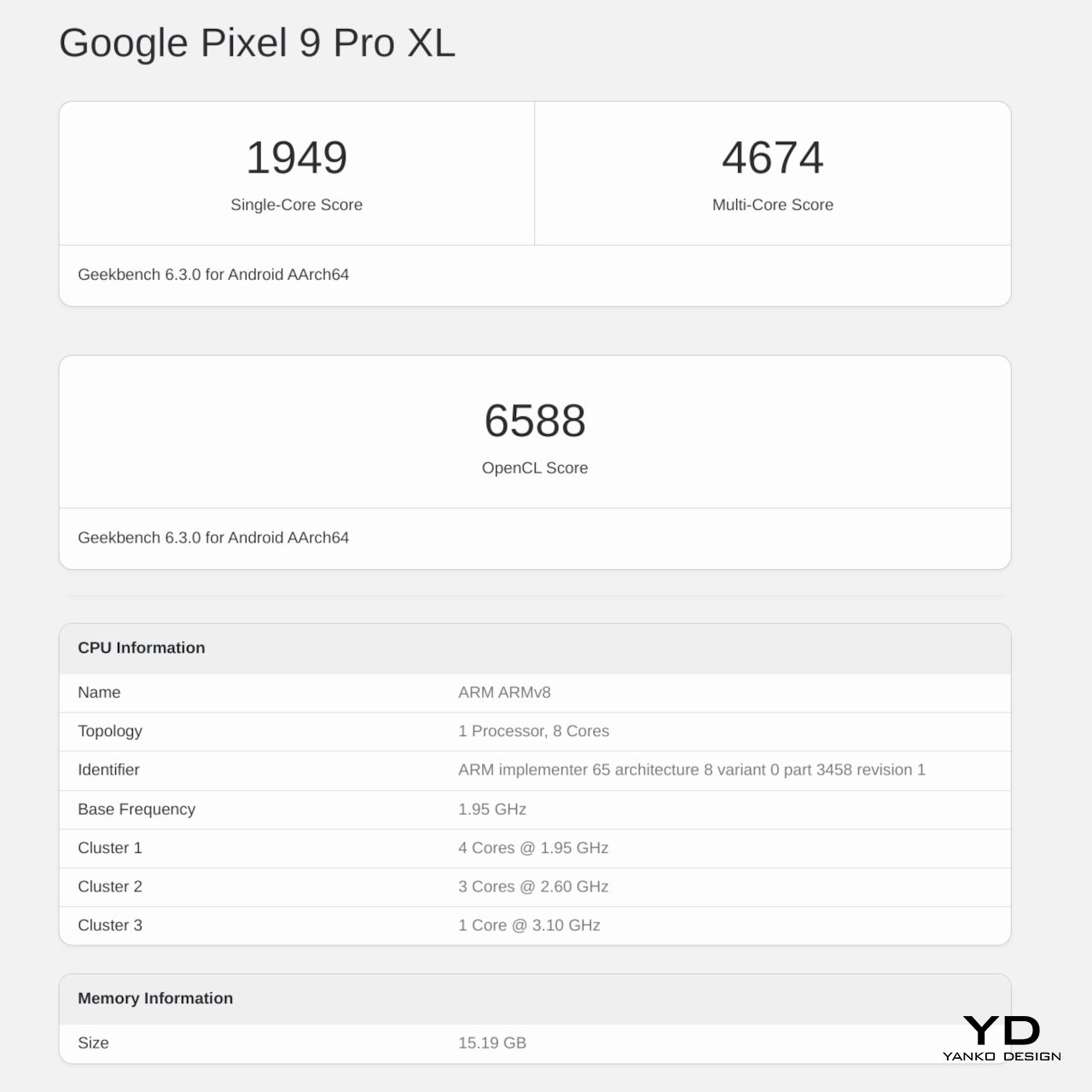
If there’s one actually unfortunate aspect of the Tensor G4, it would be its continuing thermal woes. It doesn’t get burning hot, mind you, but the Pixel 9 gets noticeably warm sometimes even under moderate load. This is even more pronounced in the smaller Pixel 9 Pro, perhaps due to its smaller size. More than just some discomfort, this could affect performance, especially in graphics, where the Tensor G4 is forced to throttle sooner to lower the temperature faster.

Pixel phones have always been great in photography, and not always because they have great camera hardware. From the very beginning, Google has relied on computational photography to do more with less, and it has been quite successful at that. This year, it didn’t even skimp on the hardware, giving both Pixel 9 Pro and Pixel 9 Pro XL the same powerful trio of cameras: a 50MP main camera with OIS, a 48MP periscope telephoto camera with 5x optical zoom and OIS, and a 48MP ultra-wide shooter.


As you can probably guess, the combination of decent hardware and even more advanced software results in rather impressive photos and videos. Details are rich, colors are accurate, noise is low, and even a 10x “hybrid” zoom results in decent captures. That’s true even when the lighting isn’t perfect, though there are times when you can catch that the Pixel 9 did a little too much processing to compensate. Of course, there are also plenty of AI features at work here, and that’s also when things can get a bit spotty. Zoom Enhance might sound and look great on CSI, but you might end up catching the wrong person if you rely on the Pixel’s sometimes erroneous guesswork.




AI is, of course, the bread and butter of the Pixel 9 Pro, almost to the point that you could say that it is its raison d’être. Gemini Advanced and Gemini Live, in particular, take center stage in any Pixel 9 discussion, and it is where the phone both shines and, to some extent, fails. No, it’s not that it flops in performance or believability. In fact, it’s scary good that you might even start to worry about the future of humanity. The problem lies in what can be considered really useful and what is just fluff, and, in the final analysis, whether the Pixel 9 Pro has any value without those.
The Pixel 9 Pro is naturally overflowing with AI features. Gemini Live ventures into uncanny valley with its natural sounding voices and conversational capabilities, though you might want to always fact-check before driving to a recommended restaurant that closed years ago. Call Notes is going to be a lifesaver for people who always find themselves in online meetings, and thankfully Gemini openly declares its presence to let other people know there’s an invisible participant. There are also the basics like summarize for long articles and, of course, translate.



And then there are the AI features for more “creative” activities, like Magic Editor’s Reimagine which lets you replace the sky or the ground with other elements, basically a photo-bashing tool on your phone. Pixel Studio is Gemini’s version of text-based image editor everyone’s raving or ranting about, except it can’t or won’t generate images of people. And then there’s Add Me, which lets you compose yourself or any other person into the shot by taking two versions. Useful for when you have nobody around to take a group photo and fun for the first few times.
Some of these features can be quite useful, while others feel more like gimmicks to flex Gemini’s AI muscles. And others still feel like they need a few more iterations to become reliable, presuming you’ll even use them in the future. And for all of those features, Gemini takes up a 3GB chunk of the Pixel 9 Pro’s 16GB RAM, whether you use it or not.
Sustainability
Google has clearly set itself apart from other Android phone manufacturers, not just in design or in how it presents Android, but also in how it ensures the health of the planet for every Pixel made. Every year, it steps up its efforts to use more sustainable materials, like how the Pixel 9 Pro frame is made from 100% recycled aluminum and how its packaging is 100% plastic-free.
And there’s the effort to ensure the longevity of the Pixel 9 Pro, both in hardware and software. Google has committed to serving seven years’ worth of software updates, so the Pixel 9 is guaranteed to remain fresh until 2031 at least. That hopefully also means that kinks in Gemini’s results will also be ironed over time and pushed to the Pixel 9 Pro. Google is also working with iFixit to add the Pixel 9 to the self-repair list, providing instructions and official replacement parts. It won’t be a comprehensive selection, but still better than zero.

Value
Now comes the hard part, determining whether the Pixel 9 Pro and Pixel 9 Pro XL are worth their weight in gold. That “gold” is actually $999 and $1,099 for the Pixel 9 Pro and Pro XL, respectively, and the price gives you the base model with 16GB of RAM and 128GB of storage. Yes, you only get 128GB of internal storage that you can never expand, at least not physically. Of course, Google wants you to use its cloud storage for almost everything, but that paltry capacity is really stingy. And then there’s the hidden cost of Gemini Advanced, which will be a $20 monthly subscription after the first free year runs out. But if people won’t migrate to a paid subscription for those AI features, what will be left of the Pixel 9 Pro?
Without AI, the Pixel 9 Pro is a pretty OK Android phone, but it’s really just a little above average. Yes, the cameras are great and don’t rely on Gemini to produce great results, but they’re not the best in class either. Performance outside of AI is pretty mediocre, and mobile gamers will be left unsatisfied with the results. The Pixel 9 Pro really shines brightest when you take into account AI and Gemini, and there might not be any better vehicle for Google’s AI. But if you’re not part of that crowd, there might be little reason to reach for a Pixel 9 Pro for now or upgrade from a Pixel 8 Pro that will be getting some of those AI features soon anyway.
Verdict
The Google Pixel is finally all grown up. From a frivolous youth, it has now become a rather dashing and elegant smartphone with a design that can stand proud beside the biggest players in the market. It retains its impressive camera performance thanks to a combination of contemporary camera hardware and improved imaging algorithms. There are some hardware choices that make little sense in this day and age, such as the 128GB base storage and 27W charging for the Pixel 9 Pro. Its focus on AI, however, is both its strength as well as its weakness. Gemini’s capabilities are impressive and sometimes downright frightening, but not everyone is completely sold on it, especially with a $999 price tag that will have a $20 recurring monthly cost. There might come a time when these AI features will become standard, but that is still in the near future. That makes the Pixel 9 Pro a bit of a harder sell today, no matter how beautiful it has finally become.

The post Pixel 9 Pro and Pixel 9 Pro XL Review: AI Future Today first appeared on Yanko Design.
